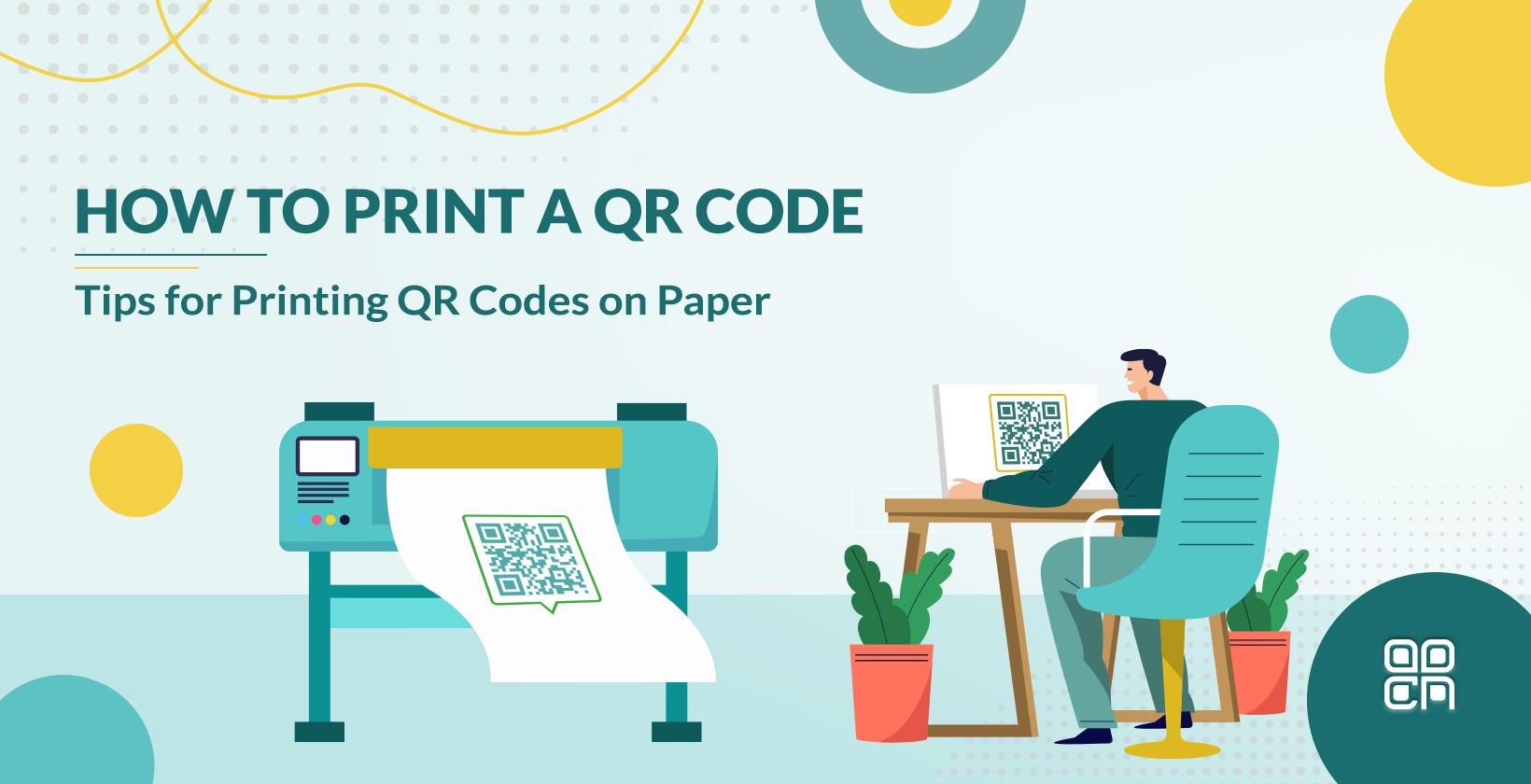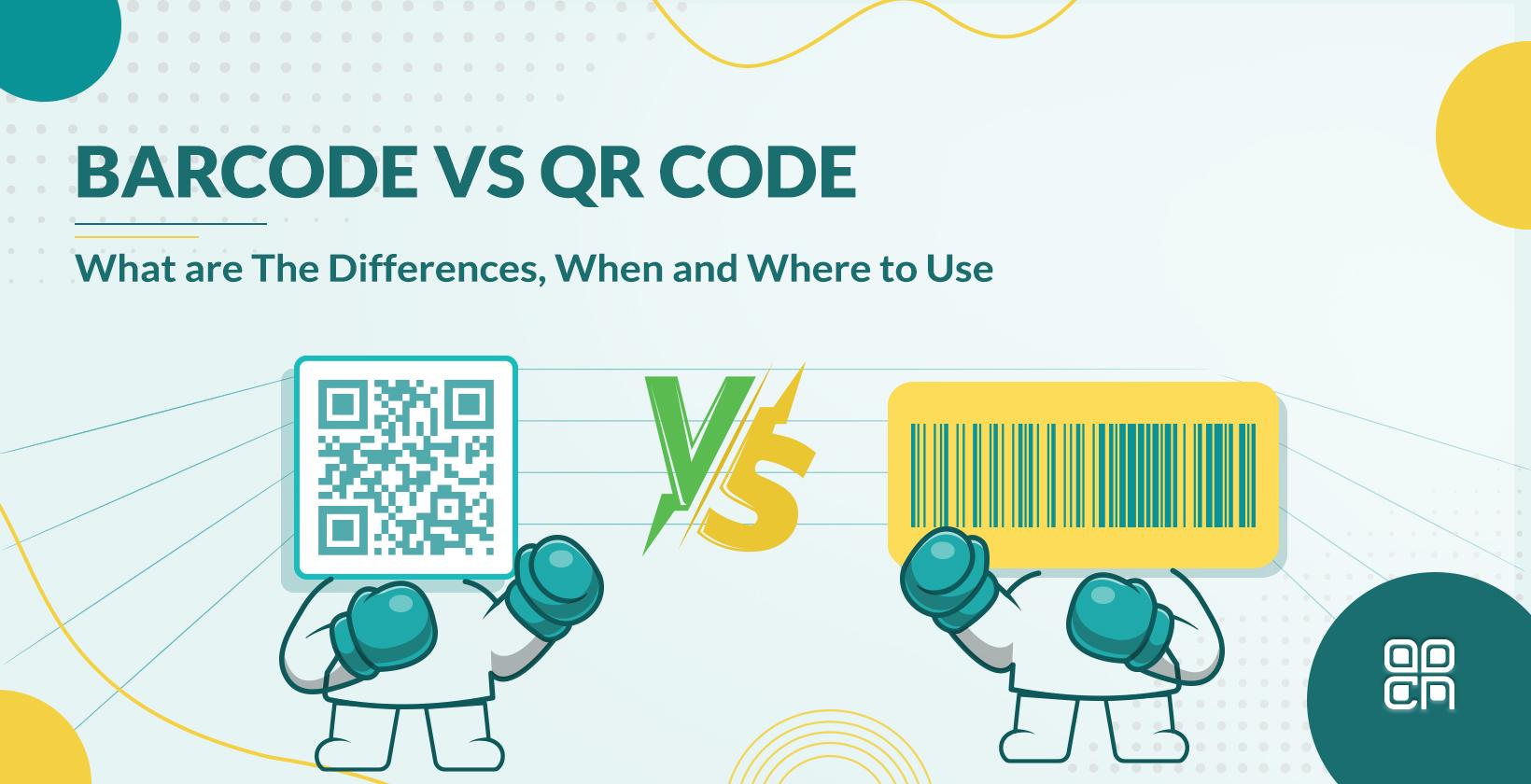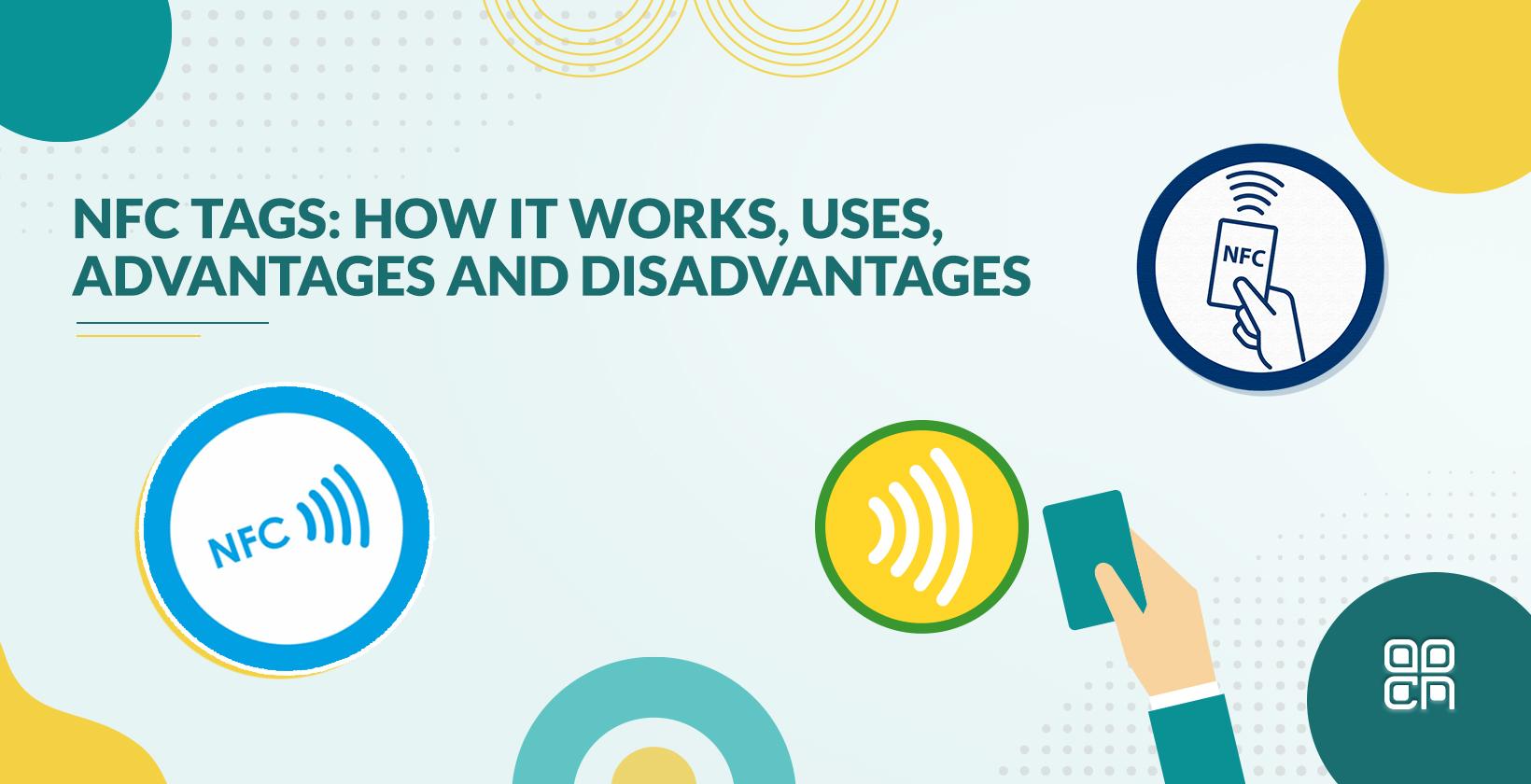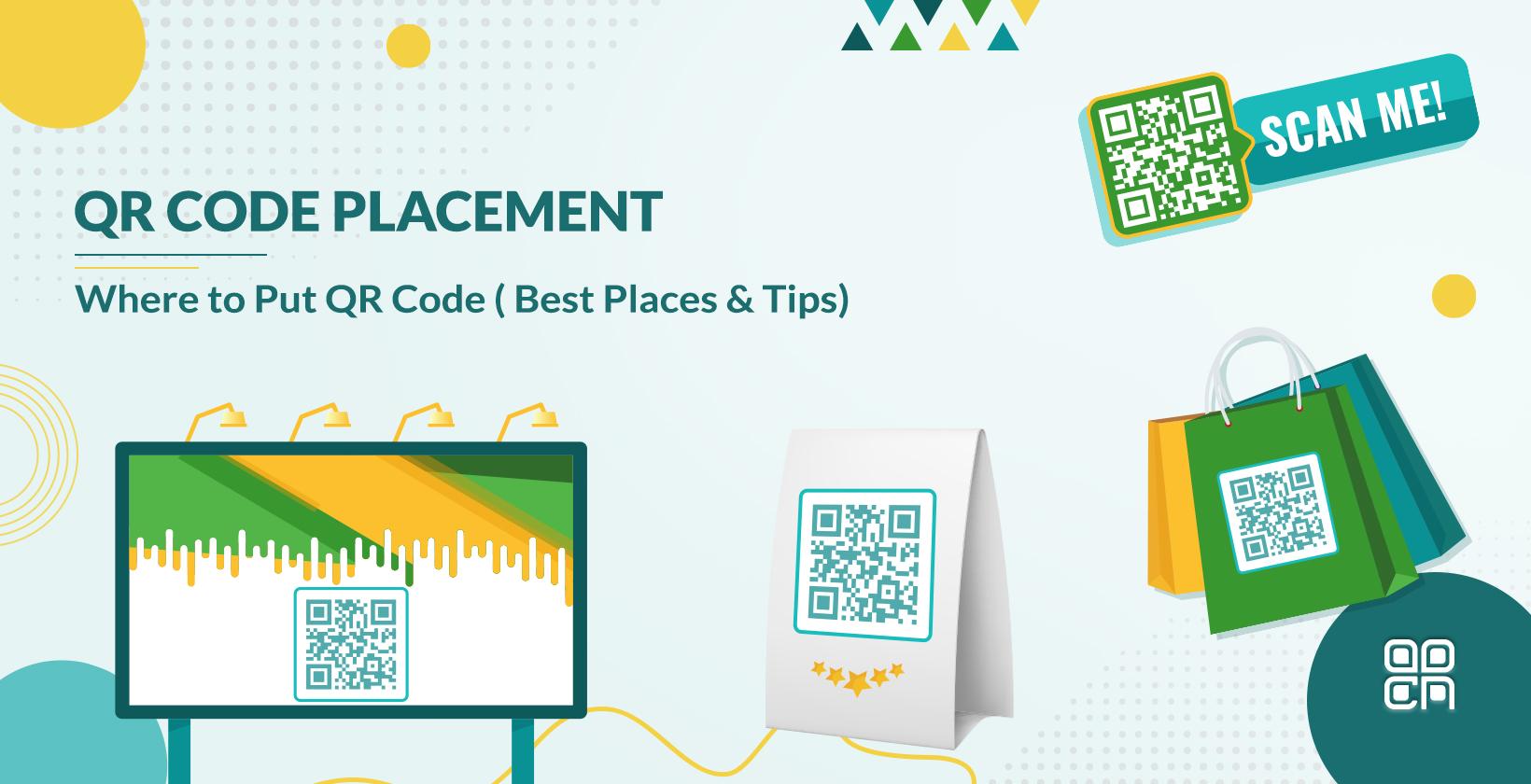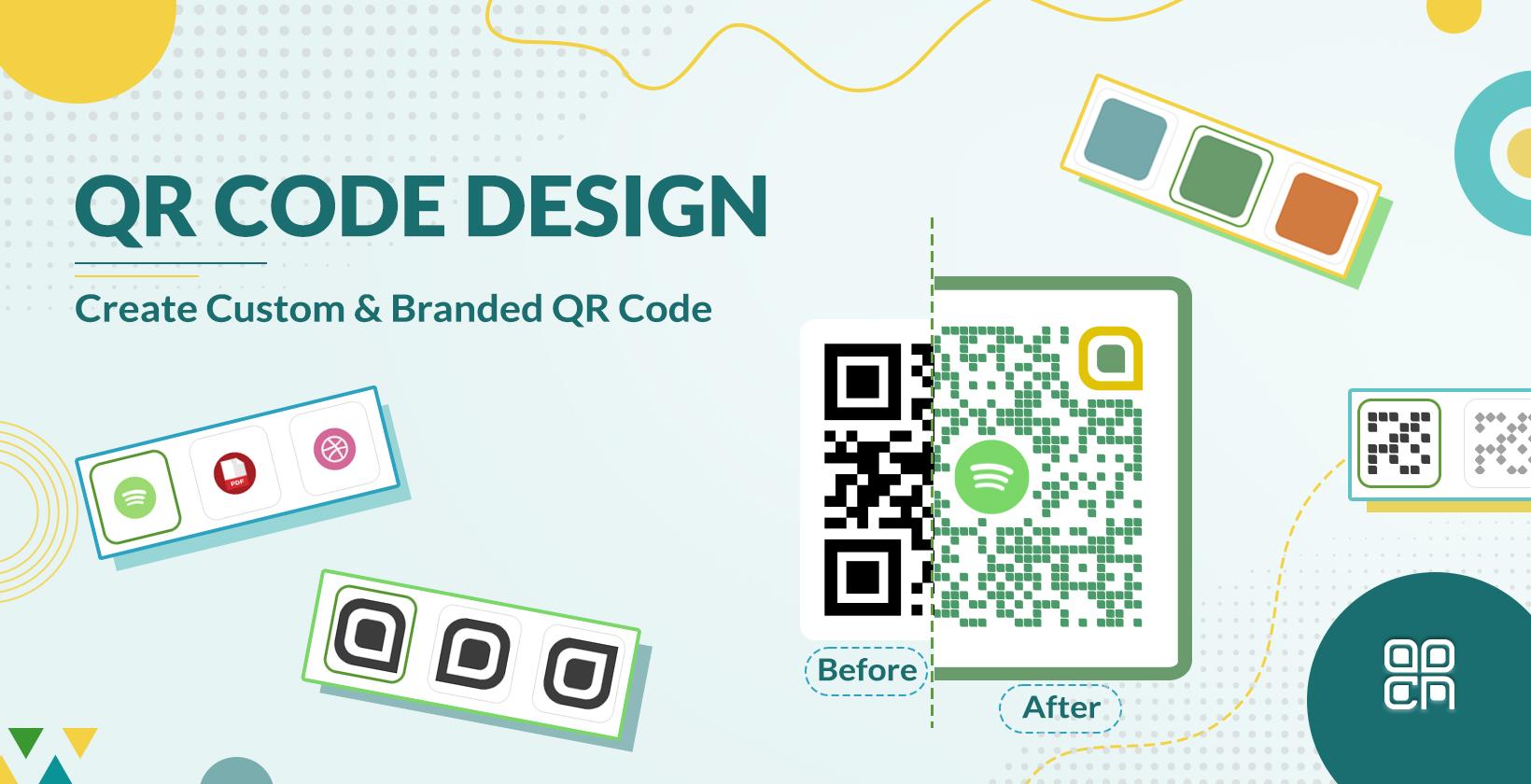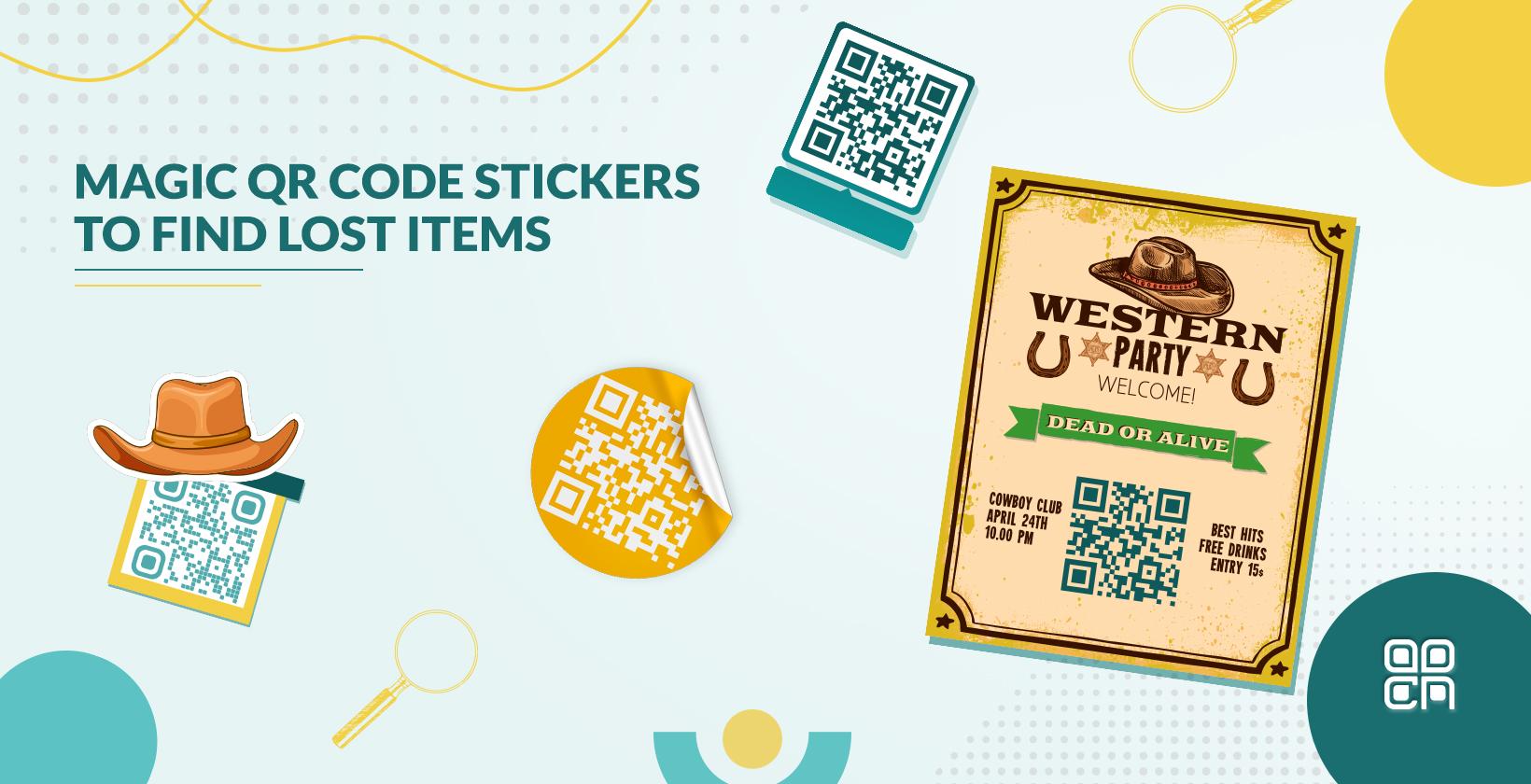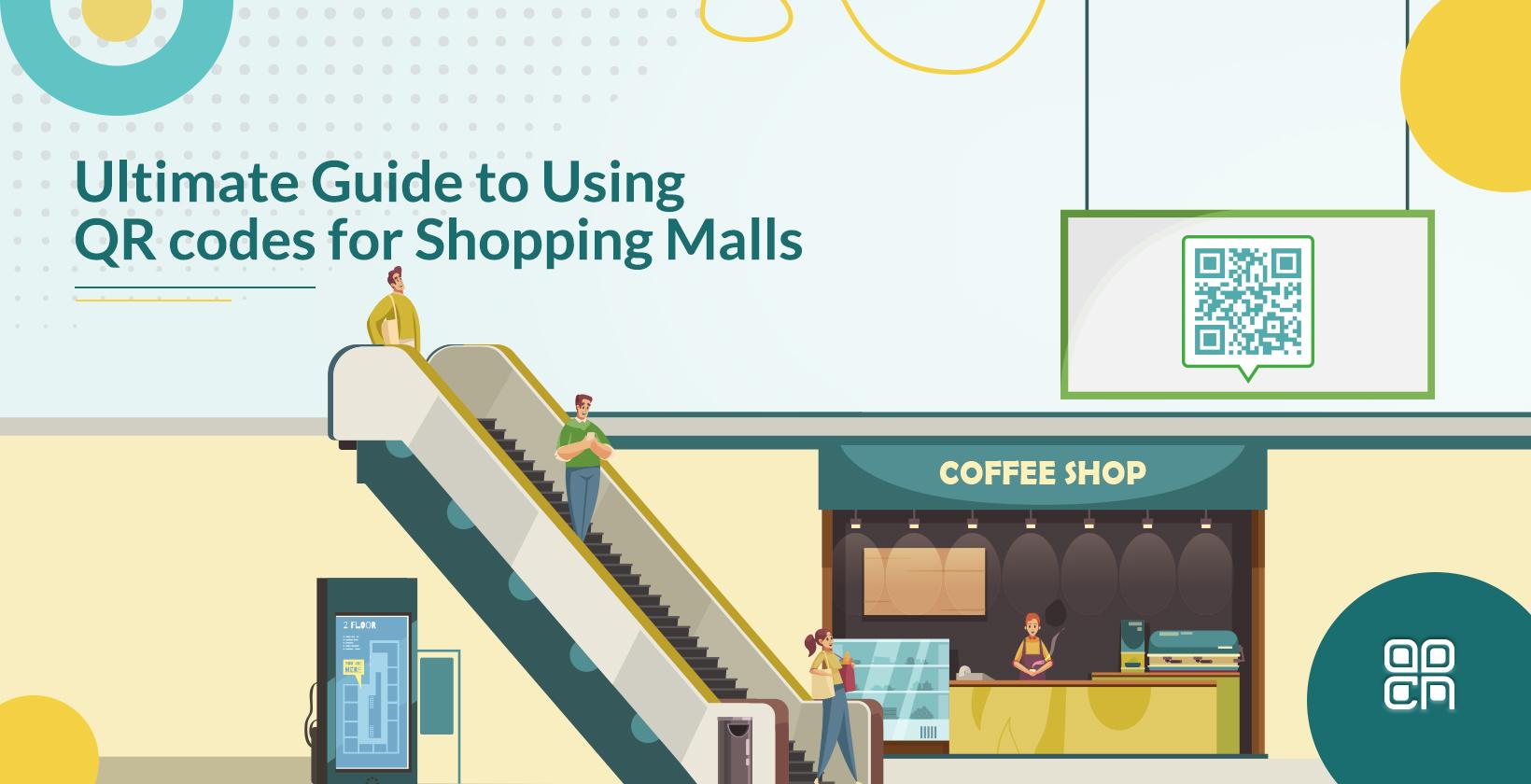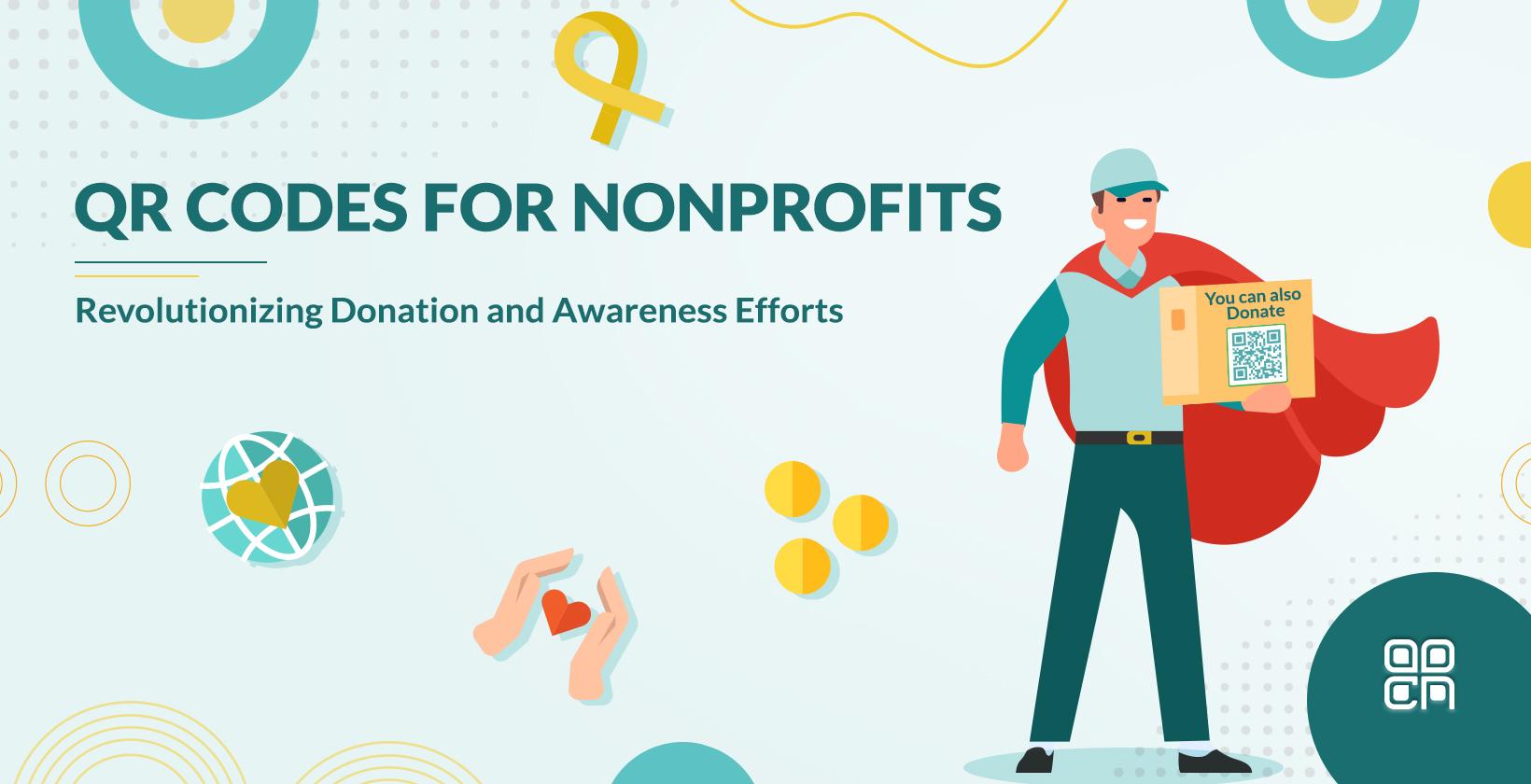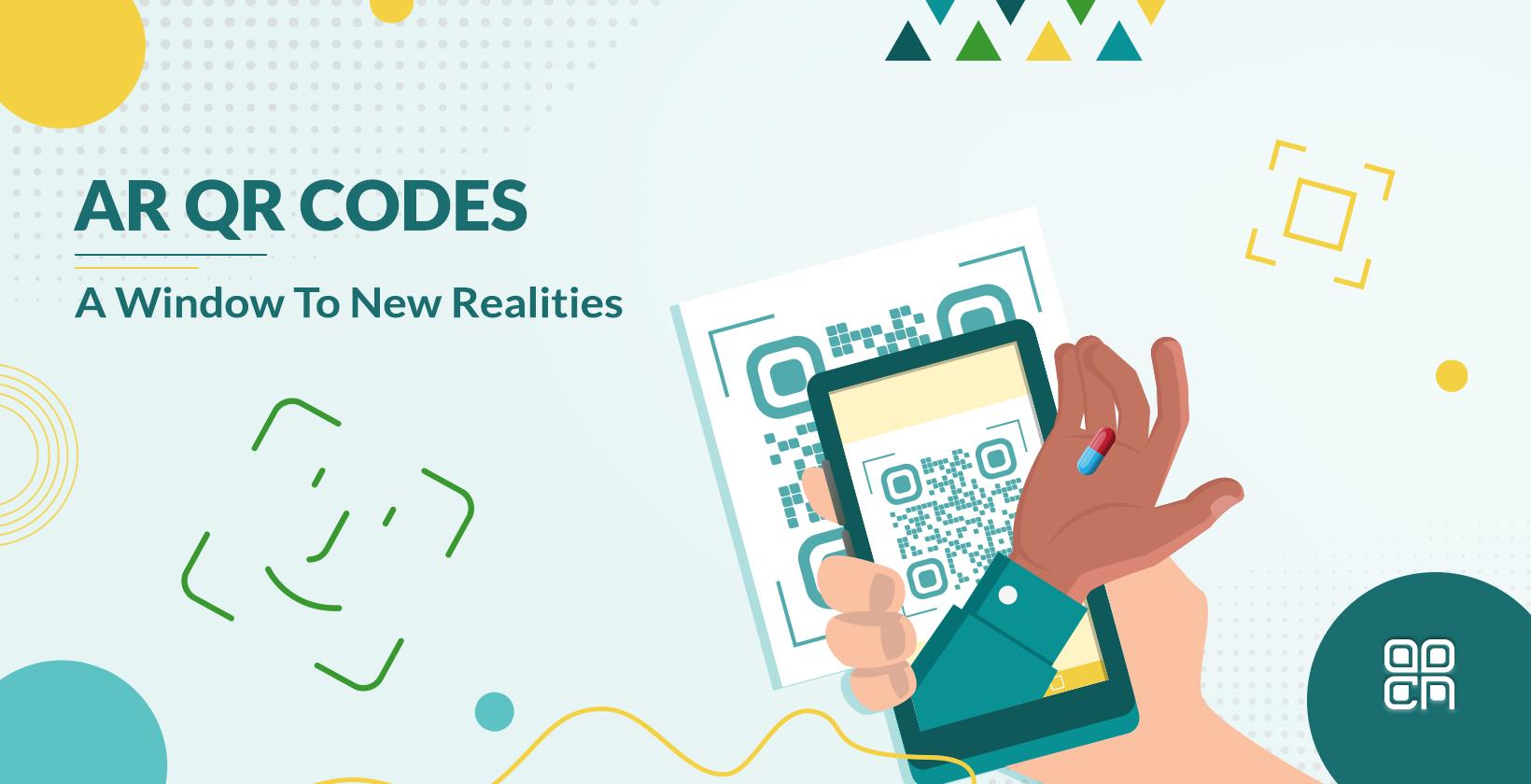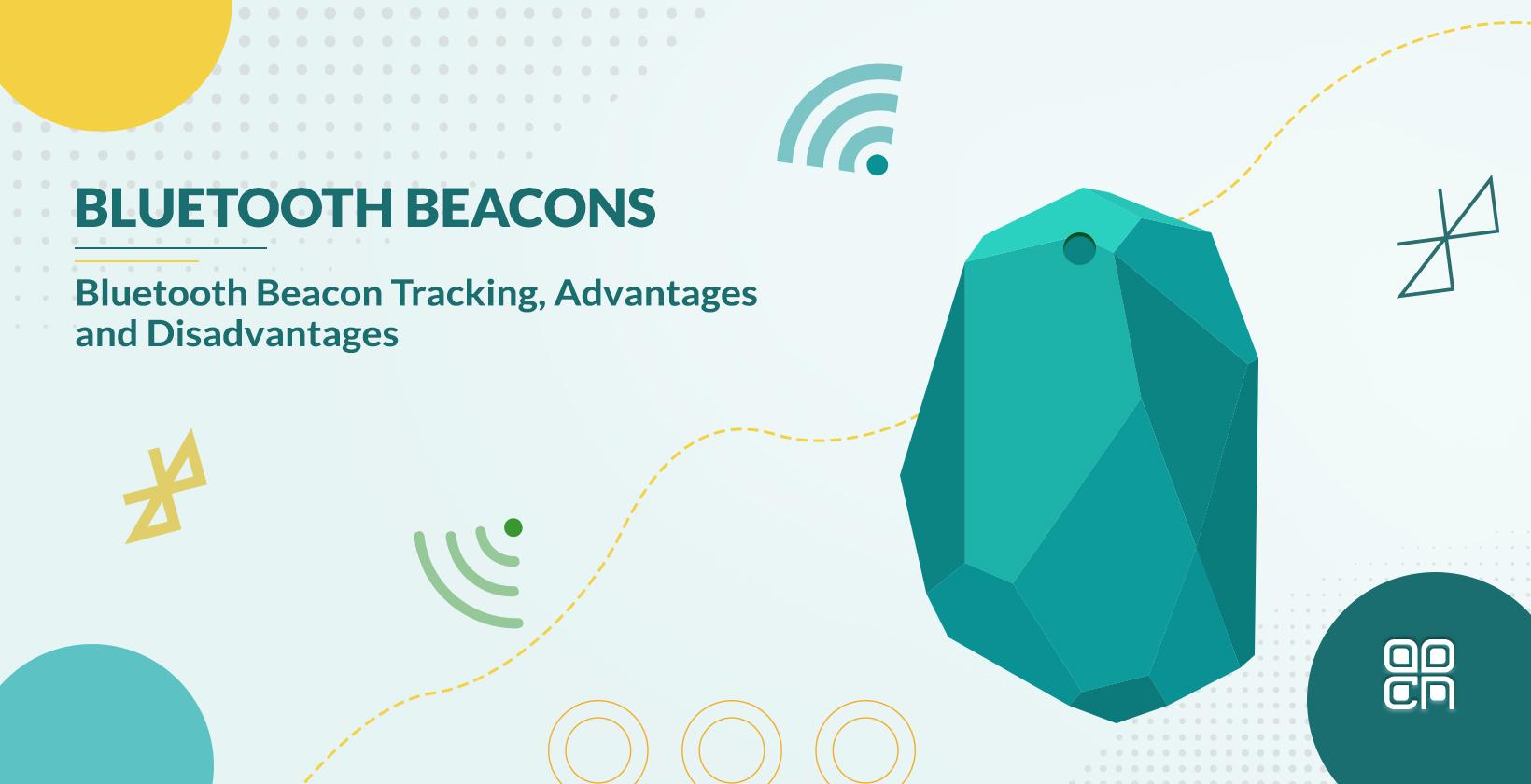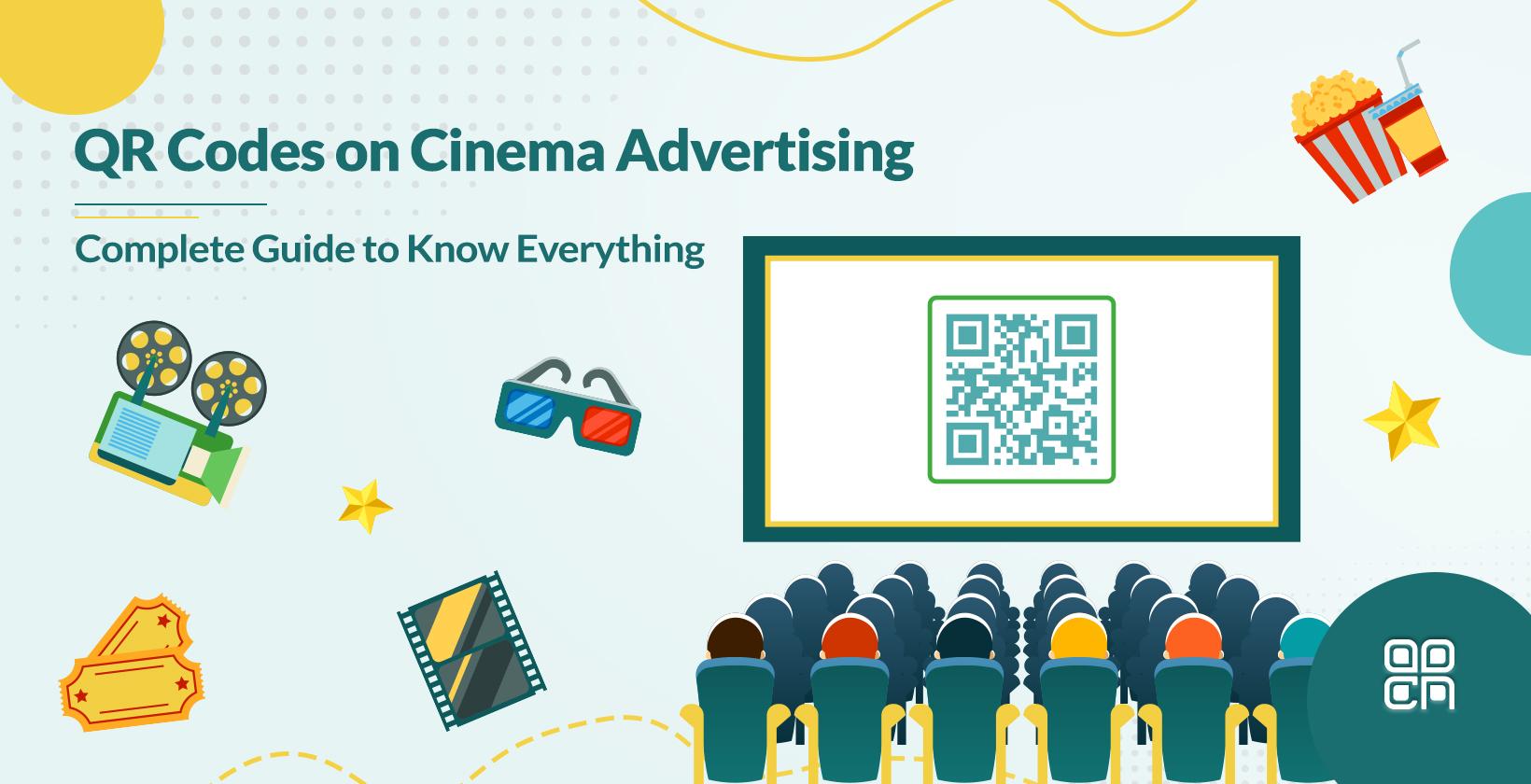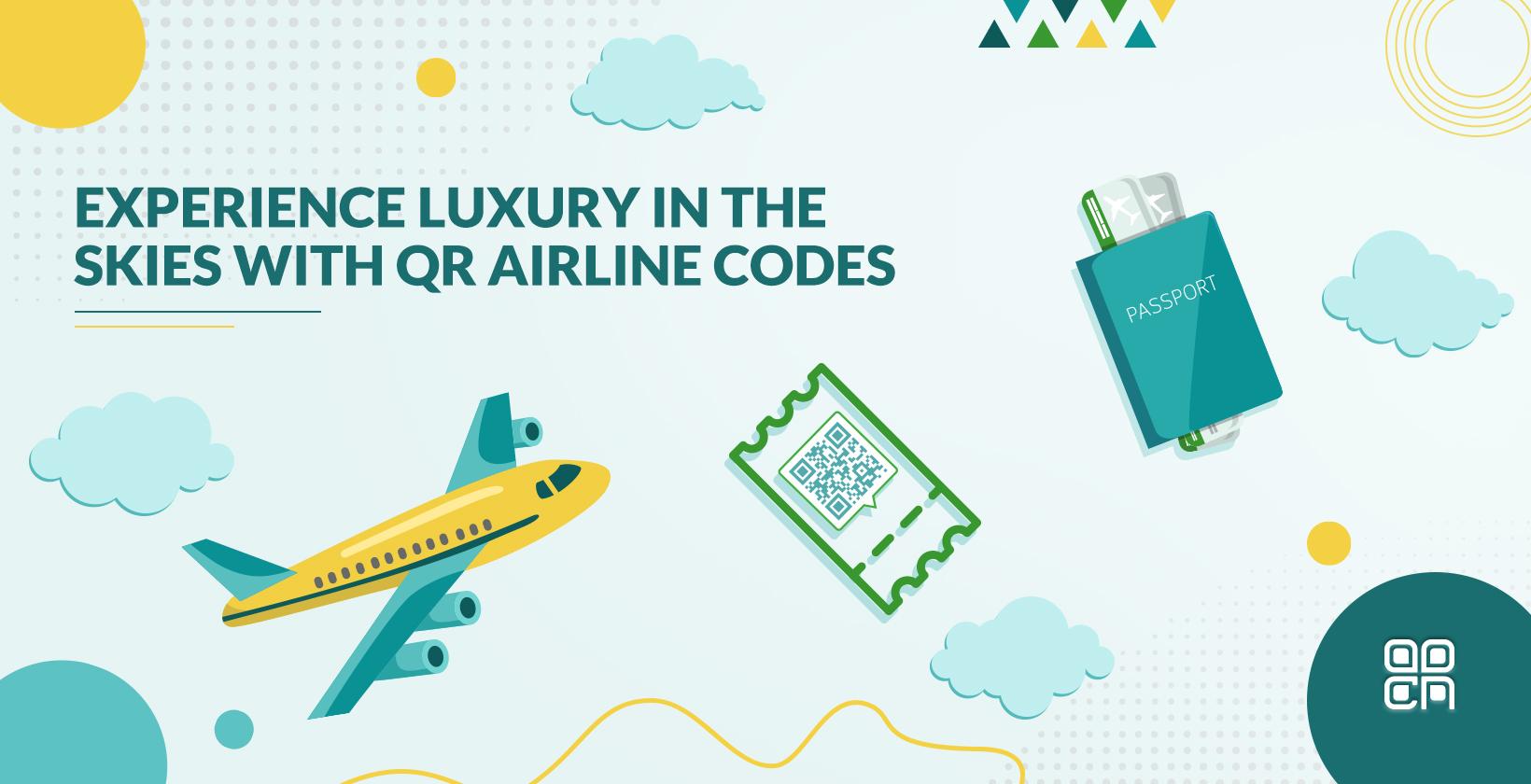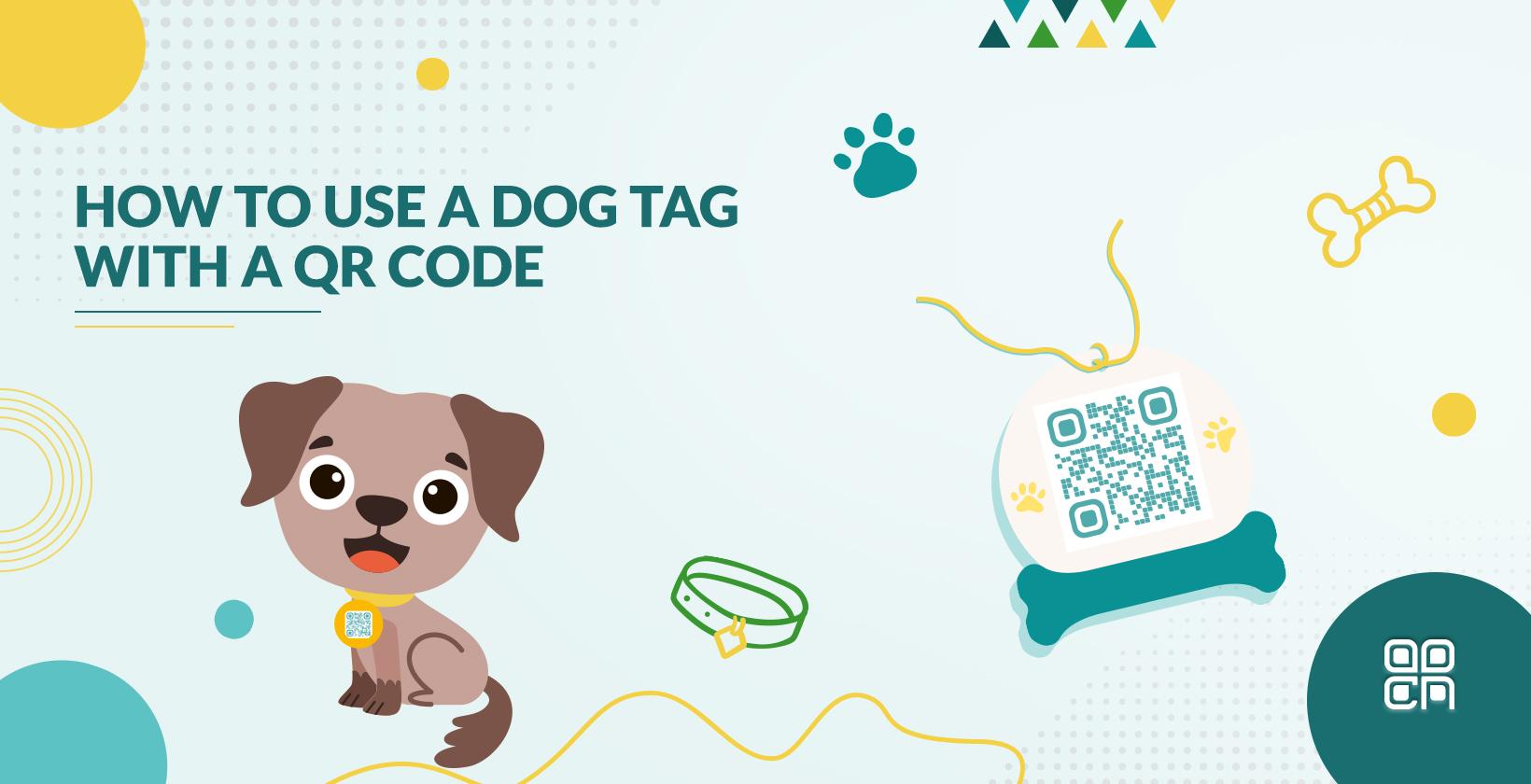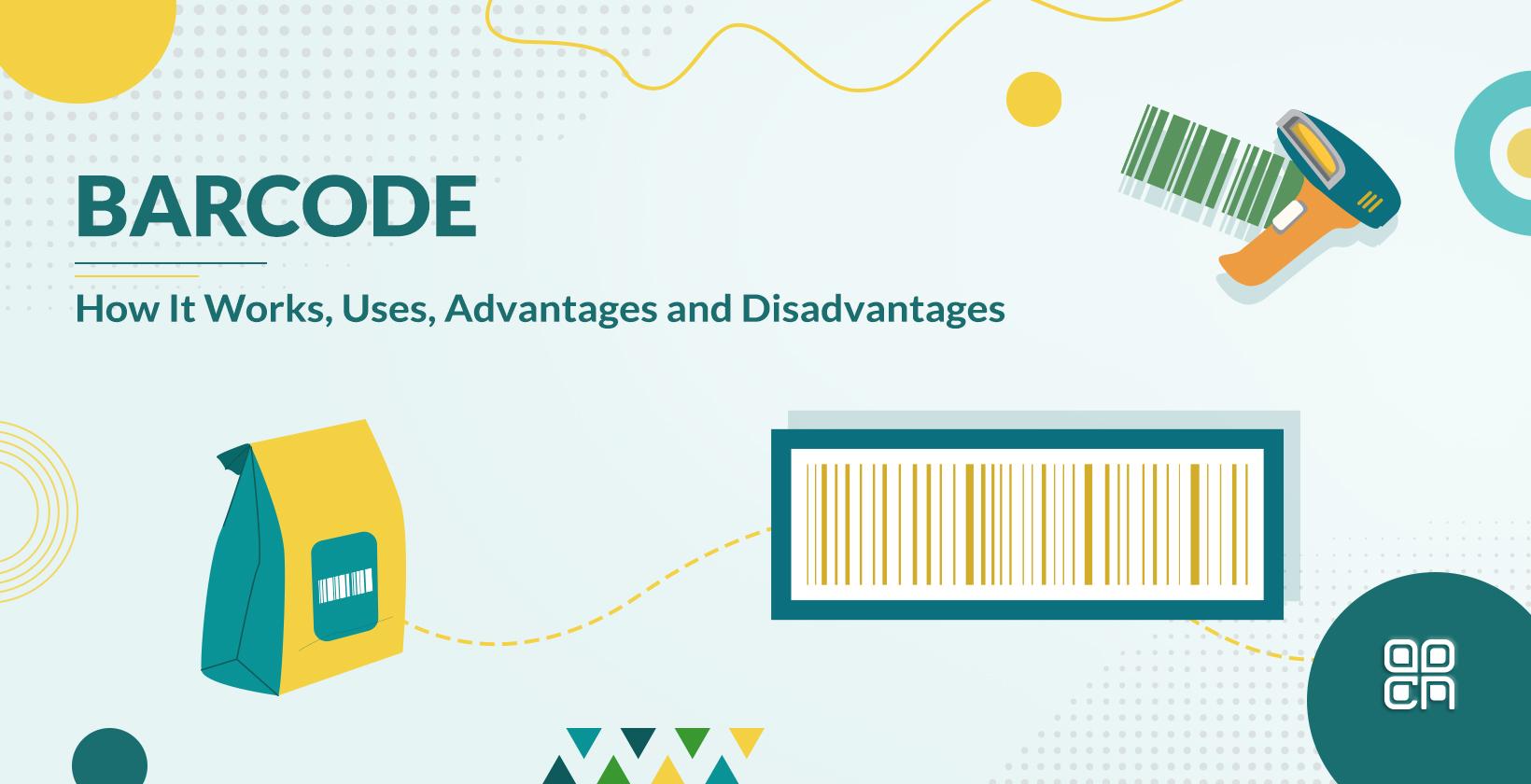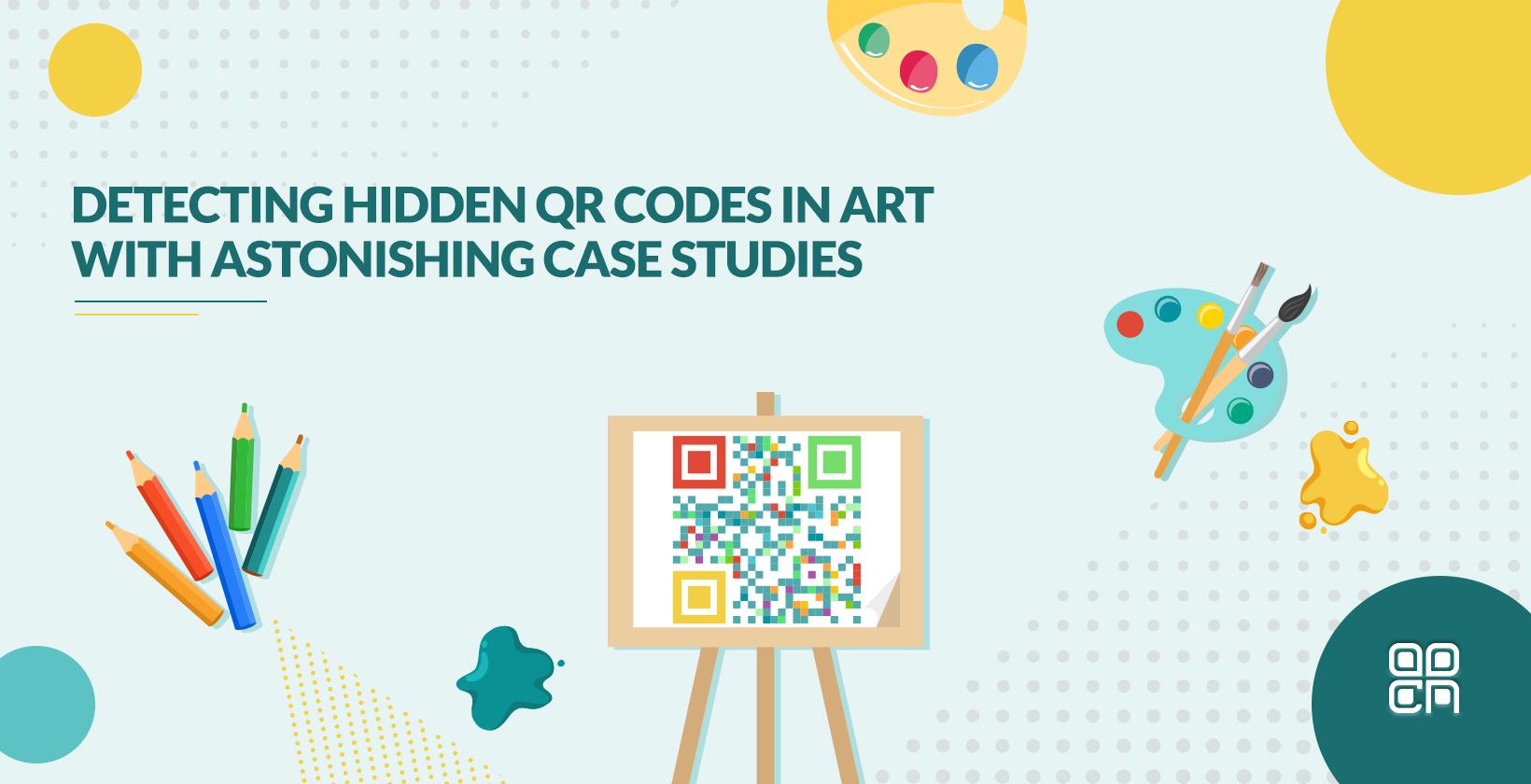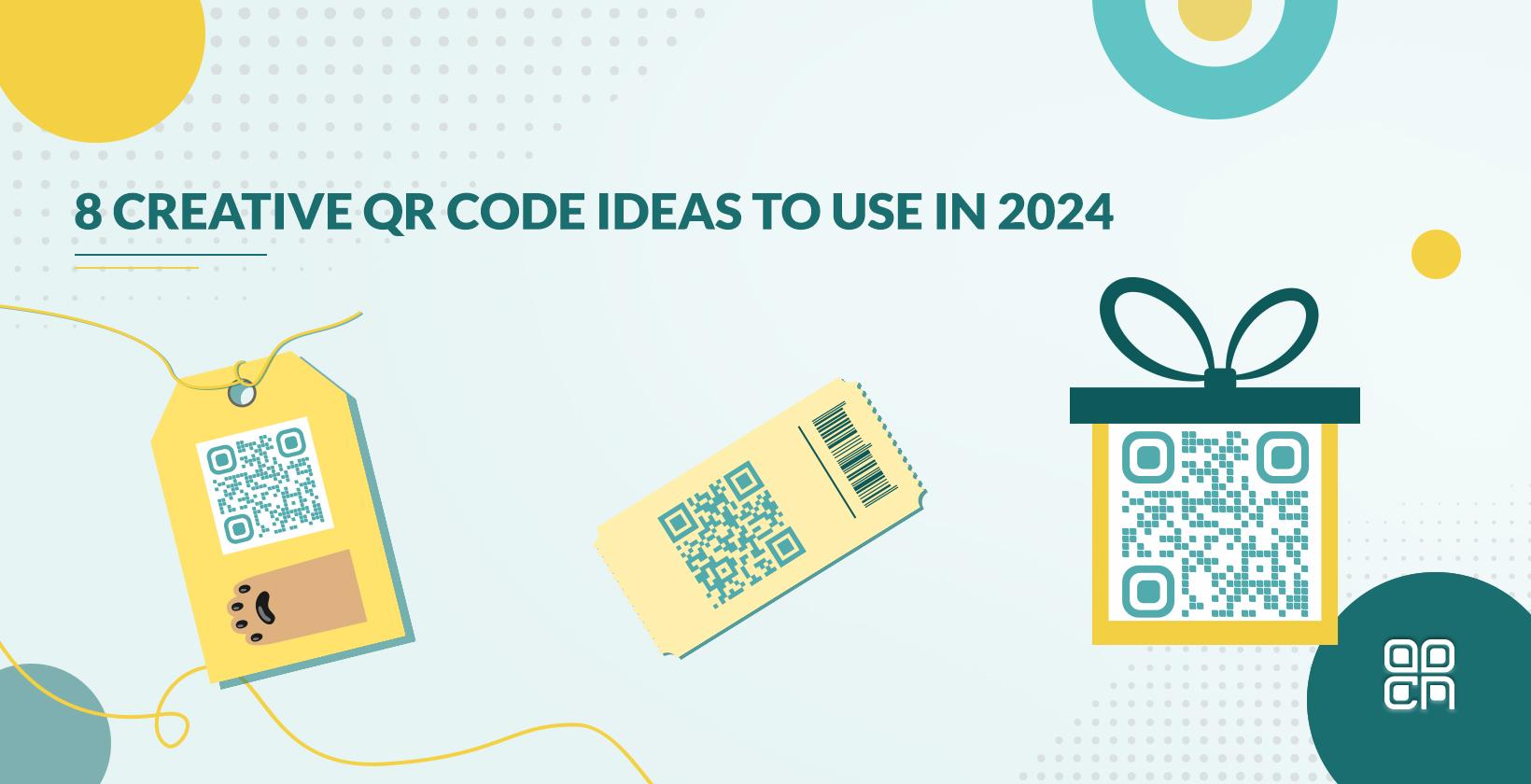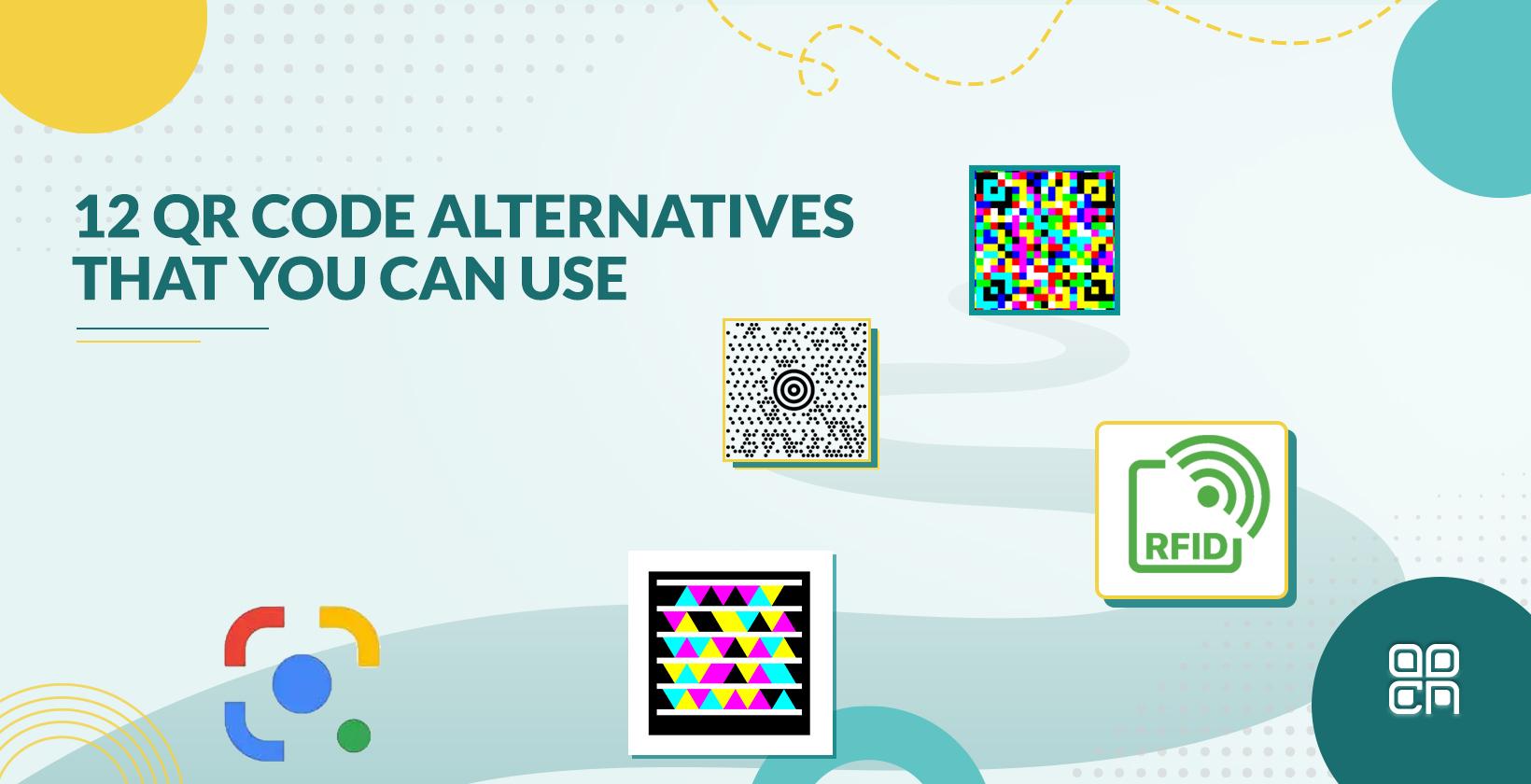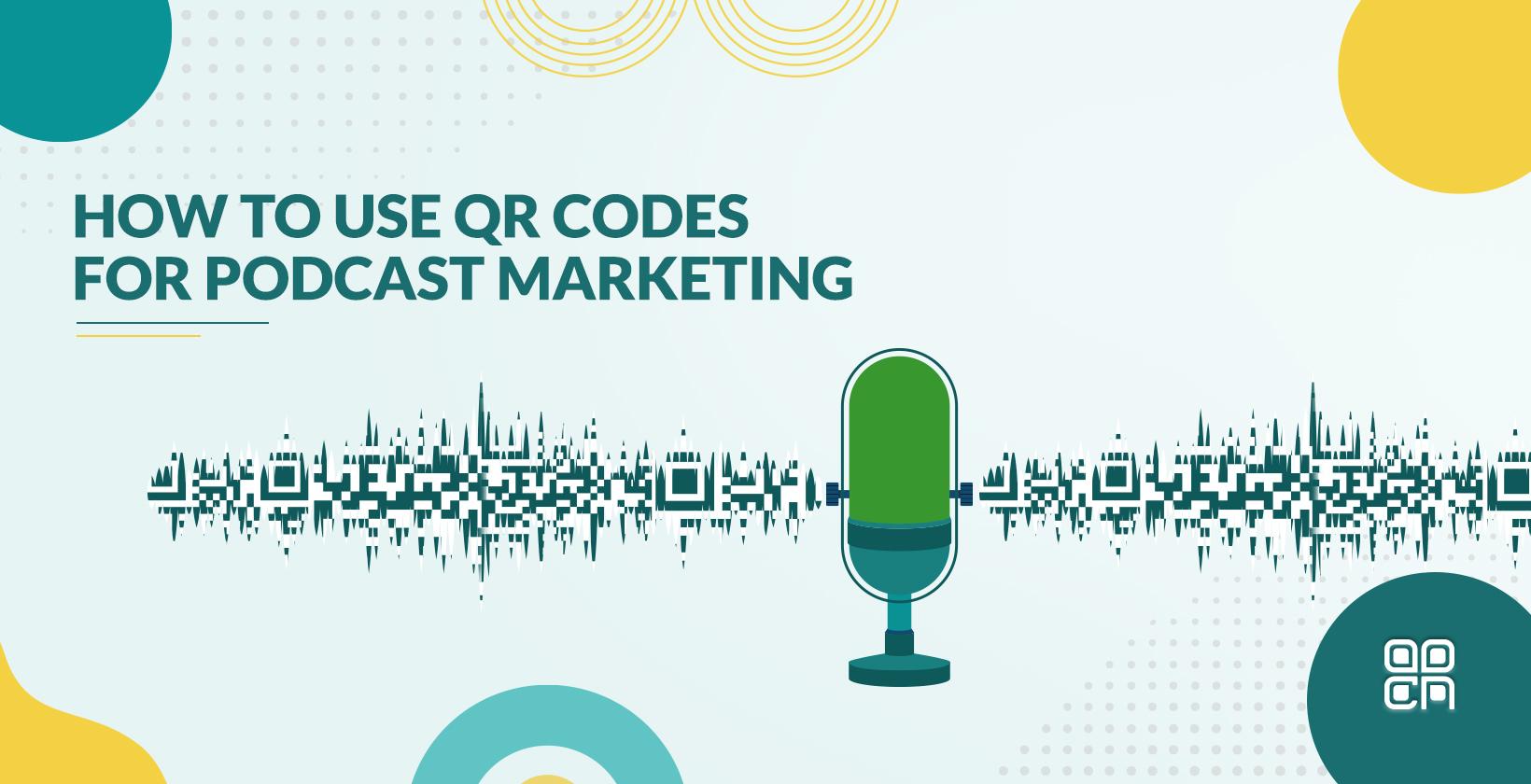Free Online QR Code Generator *
Measure, track and maximize your QR Code performance
TOP BRANDS THAT USE QR CODES
Unique Design Options
individualize your QR code.
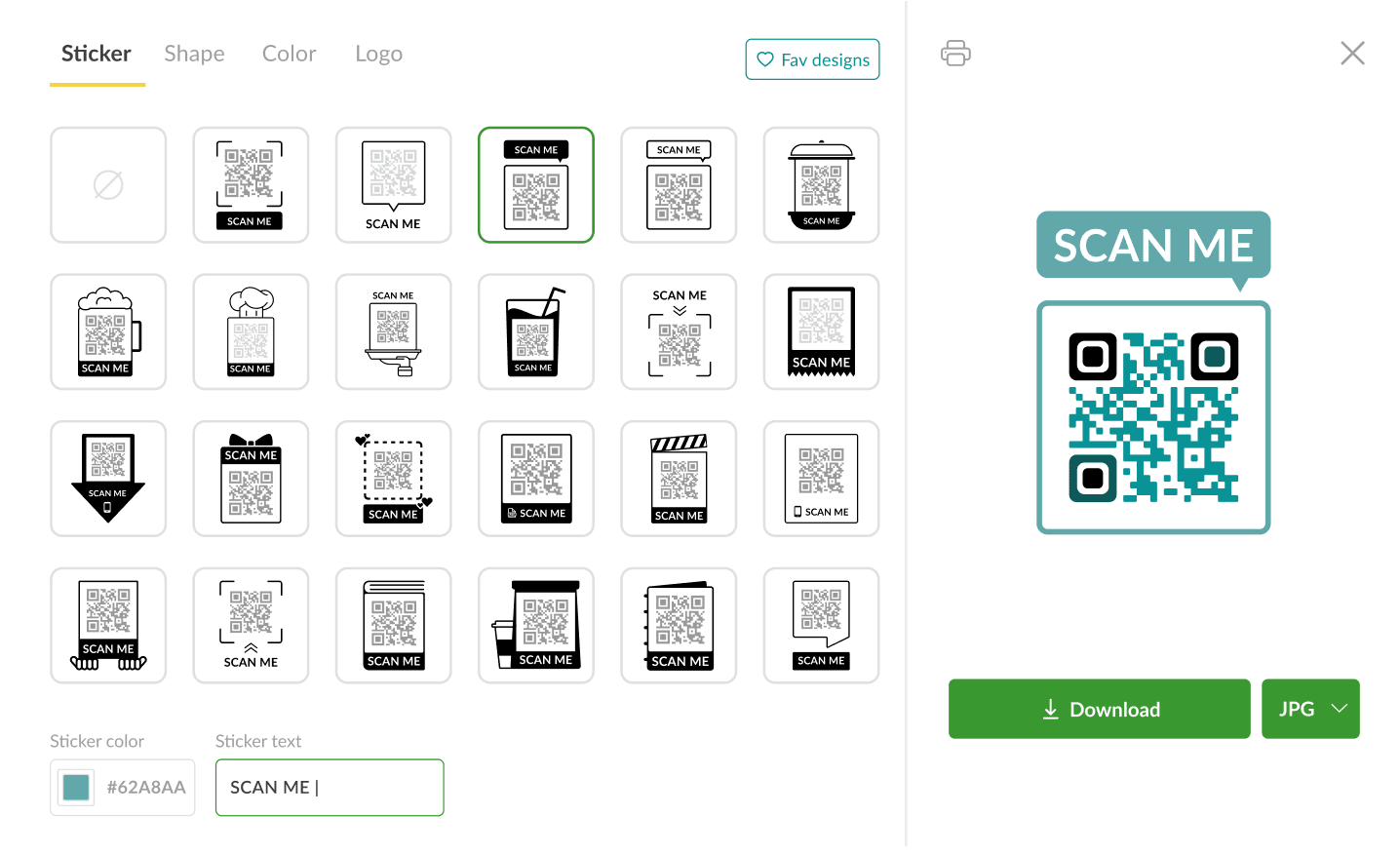
How Does QR Code Creator Work?
Create a QR Code in 3 Easy Steps
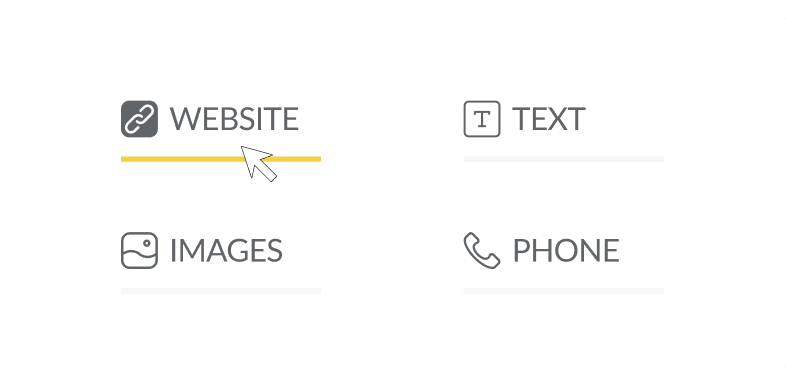
Select the type you want
Pick the most relevant QR codes to reach your goal
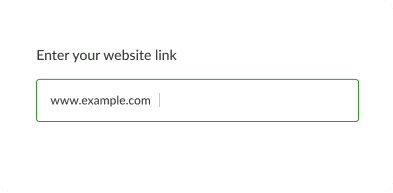
Fill in the details
Type in relevant information in the fields that appear
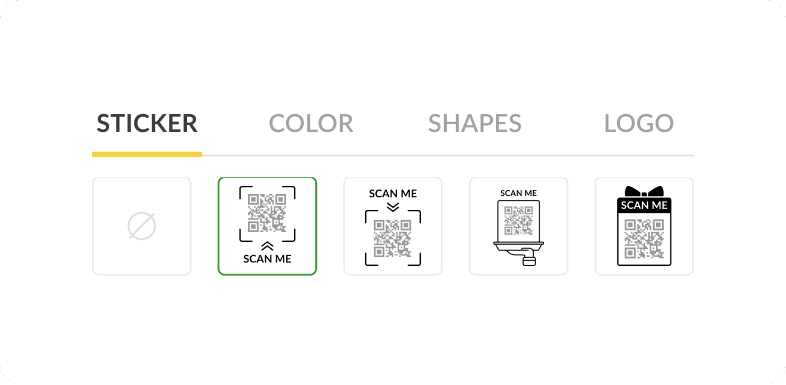
Design & Download the QR Code
Choose a design and customize colors to boost scans.
Explore QR Code Landing Page Templates
Elevate your business presence with tailored QR code types, effortlessly linking customers to your services, webpage, promotions, and social media platforms.
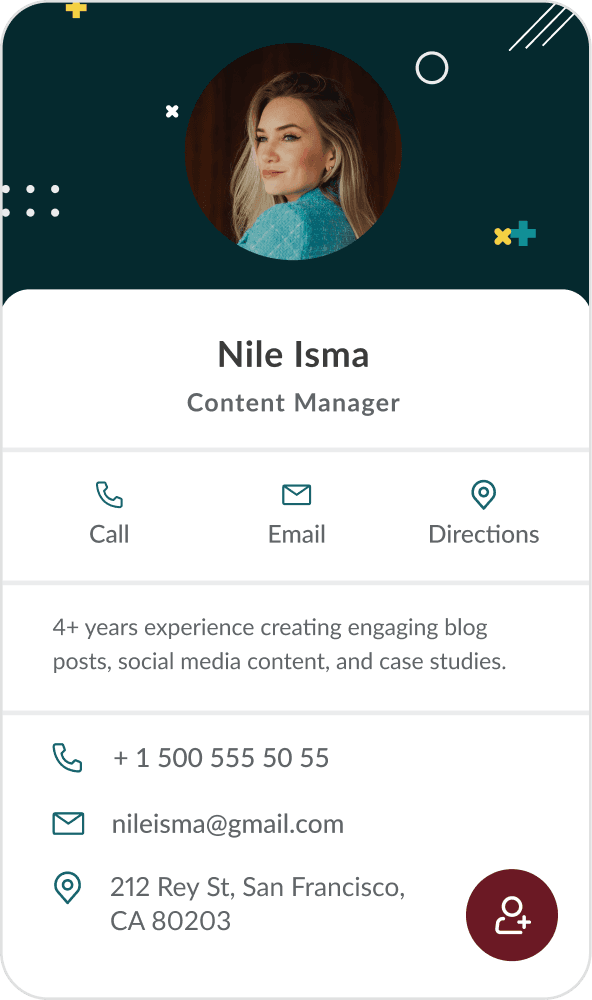
QR Code for vCard

QR Code for Social Media
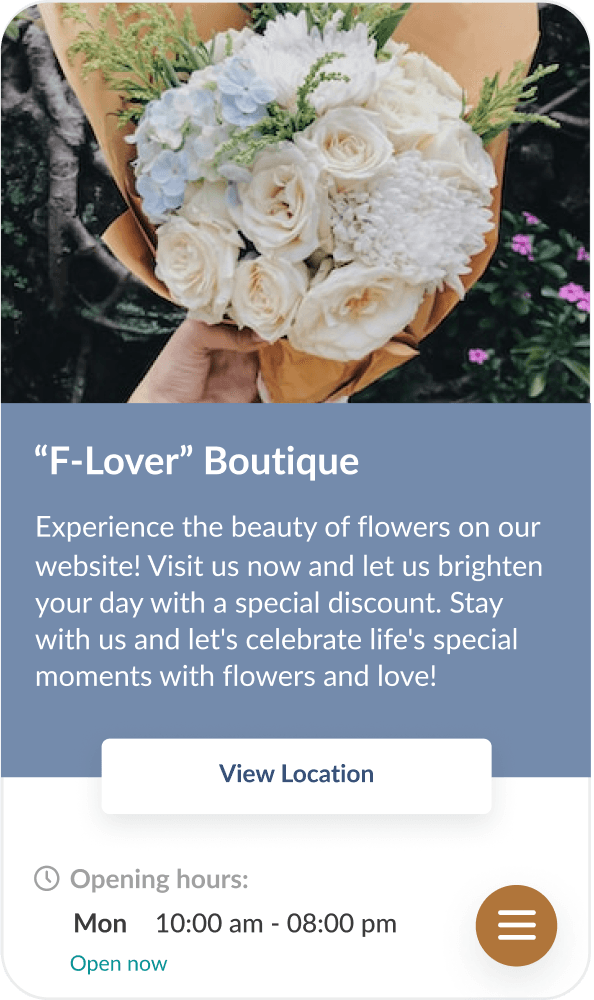
QR Code for Business Page

QR Code for Coupon
QR Codes On Promotional Materials
Distribute and Convert Faster with our Printing Material Options

Marketing
Revolutionize Brand Promotion
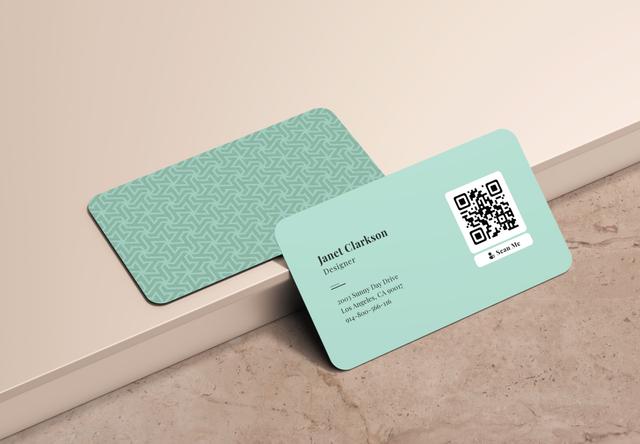
Business Cards
Make Yourself Accessible
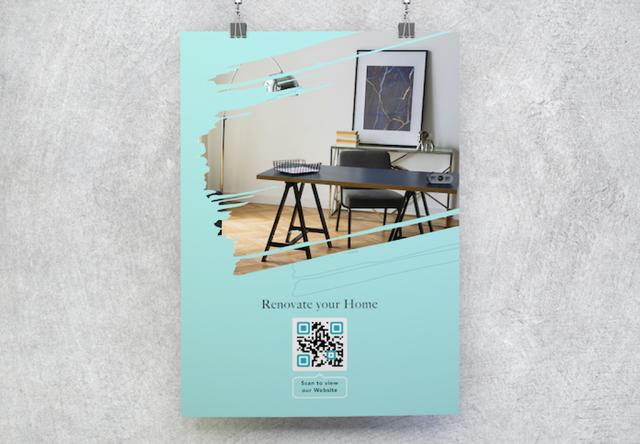
Flyers
Turn Flyers Interactive
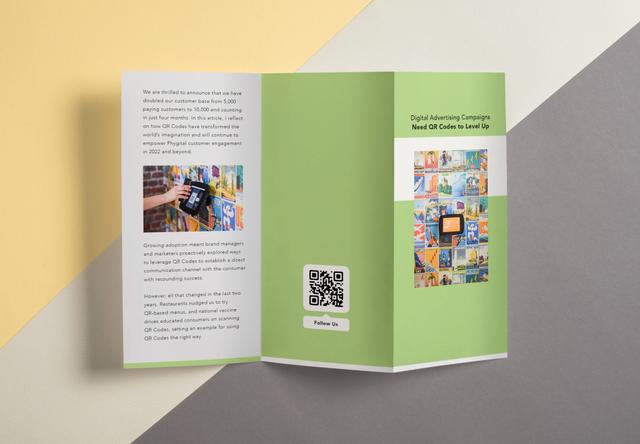
Brochures
Share More Information
QR (Quick Response) Code:
Overview, Commercial usage, File Types, How to Scan, How to Design, Things to Know About Generator Tool
A QR code generator or creator is a software tool that allows users to create QR codes to store various types of information. QR codes are matrix barcodes scanned using a smartphone or other QR code scanner. QR code generator, as well as QR code creator, are interchangeable terms.
QR codes are used for the following 5 primary purposes:
- Exchanging information: QR codes facilitate the sharing of information, such as a Video, a PDF, a text, or a coupon code.
- Sharing contact info: QR Codes allow individuals to share contact information, such as a phone number, email, or social media address, without typing.
- Connecting to Wi-Fi: QR Codes make it fast and easy to connect to Wi-Fi networks without manually entering the SSID and password.
- Advertising: QR Codes are used in marketing campaigns to give customers quick access to product information or special offers.
- Sharing links: QR Codes are used to share links to online content, such as a Website of a specific webpage, app, YouTube Channel, etc.
Generating QR Codes online has two main benefits: obtaining insights and making sharing easier. QR Code generators provide insight and analytics about the number of scans, the location of the scans, and the device used to scan a QR code. The QR Codes are easily shared on social media, email, or other digital platforms.
Online QR Code generation offers several advantages:
- Customization options: Online QR Code generator provides multiple customization options, including color, logo, and shape, so that the QR Code becomes more attractive and relevant.
- Error correction: QR Code generators offer error correction, which allows scanning a damaged or partially obscured QR Code.
- Time saver: QR Code generators allow users to create QR Codes quickly and easily without specialized knowledge.
Several options are available for making the QR code more attractive through QR code customization:
- Sticker: Make QR codes more attractive by adding frames.
- Color: Pick a color that complements the brand's color scheme or stands out.
- Shapes: Choose the shape of the body and edges of the QR code to make the code more visually appealing.
- Logo: Include a logo on the QR code to increase brand recognition and make the code more aesthetically pleasing.
- Sticker text (CTA): Provide a CTA encouraging users to take action, like "Scan me for a discount!"
There are four main types of files for QR Codes: PNG, JPG, EPS, and SVG. EPS and SVG are used for vector graphics, while PNG and JPG are used for digital images. The ability to resize EPS and SVG without compromising image quality makes both formats ideal for printing.
How to Generate QR Codes for Commercial Usage
To generate QR codes for commercial usage, follow the steps below.
Choose the QR code solution suitable for commercial usage, such as URL, text, coupon, business, or event QR codes.
Fill out the required fields.
Customize the design of the QR code to match the brand's style.
Download or print the QR code.
QR codes for commercial usage are designed to promote or support business operations and drive revenue growth. Businesses use QR codes to provide information about products, customer service, manage inventory, register for events, and provide other services to customers. Commercial usage QR codes are printed on flyers, posters, and business cards.
The advantages of using QR codes for commercial usage include effective outreach to potential clients, the ability to measure the effectiveness of strategies, and easy editing or updating of information at any time.
Customization options are available for QR codes for commercial usages, such as adding logos, shapes, colors, and stickers to enrich the look of the QR code. The process of creating commercial usage QR codes is rapid. The QR code needs to be downloaded in a suitable format, such as JPG, PNG, SVG, or EPS.
How to Generate QR Codes for Marketing
To generate a QR code for marketing, follow the steps below.
Choose a QR code solution suitable for marketing purposes, such as social media, app, feedback, business QR codes, etc.
Fill out the required fields, such as the website URL or text message to which the QR code will link.
Design the QR code to make it visually appealing and attention-grabbing.
Download or print the QR code for marketing campaigns.
QR codes for marketing help businesses promote products, services, or events to customers. Including a QR code on marketing materials, such as brochures, posters, and display windows, gives customers a quick and easy way to access a website or other online content.
QR codes are helpful for marketing because they increase brand awareness, facilitate audience engagement with the brand, and provide improved tracking and analytics for marketing campaigns.
Each type of QR code solution offers customization options. QR codes for marketing are customizable with stickers, shapes, logos, and different colors to match the branding. QR Code Creator allows users to create and download QR codes for marketing in seconds. QR codes for marketing are available for download in various file types, including PNG, JPG, EPS, and SVG, making integrating codes into marketing materials easy.
How to Generate QR Codes for Business Cards
To generate QR codes for business cards, follow the steps below.
Choose the "vCard plus" QR code solution.
Enter contact details in the required fields
Customize the QR code with the same design as the business card.
Download the Business Card QR code and use it on business cards.
QR codes on business cards contain contact information such as name, phone number, position, address, and website URL enabling scanners to save the contact information to their phone's address book. Using business cards with QR codes helps individuals to expand their network and build their brand.
The advantages of using QR codes for business cards include the secure sharing of contact details, reducing the risk of errors or typos, and presenting a professional and modern image for a brand.
QR codes for business cards are customizable by changing the color and shape and adding a logo or sticker. Creating QR codes for business cards takes just minutes. QR code business cards are available for download in various file types, including PNG, JPG, EPS, and SVG, making adding them to a business card design easy.
How to Generate QR Codes for Flyers
To generate a QR code for flyers, follow the steps below.
Choose a QR code solution suitable for flyers, such as a URL, PDF, or social media QR code.
Fill out the required information in the fields.
Customize the QR code to fit the flyer design.
Download the QR code and add it to the flyer.
QR codes for flyers allow potential customers to access more information about a product or service easily. A QR code on a flyer is used for event registration, promotional offers, product information, and directing traffic to a business's website and social media accounts.
QR codes are advantageous for flyers because they provide customers with easy access to the website or social media pages, help track engagement with the flyer campaign, and add a professional and innovative touch to the overall look and feel of the flyer.
Customization options for Flyer QR codes include changing the color and shape and adding a logo or sticker. QR codes for flyers are created in a matter of minutes using our QR code creator and are available for download in various file formats, such as PNG, EPS, SVG, or JPG.
How to Generate QR Codes for Brochures
To generate QR codes for Brochures, follow the steps below.
Decide the QR code solution type suitable for a brochure, such as a URL, text, social media, or business page QR code.
Fill in the required fields, such as the website URL, text message, or contact details to which the QR code will link.
Customize the QR code to fit the brochure.
Download or print the QR code and include it in brochures.
QR codes for brochures enable customers to obtain additional information about products or services, link to websites, or receive promotional offers. They are useful for registering for events, offering promotional services, sharing social media links, and providing product information.
Using QR codes in brochures offers several benefits, including giving customers easy access to additional information, providing a direct link to the website or social media pages, enabling customers to make purchases, and delivering valuable analytics such as tracking the number of scans, demographics, and location data.
Various customization options are available in QR Code Creator, such as adding a logo or sticker and changing the color and shape. QR codes for brochures are usually generated within a few seconds. There are various file types of QR codes for brochures, including PNG, JPG, EPS, and SVG. These file types make it easy to integrate the codes into the brochure design and print them in high quality.
What are the QR Code File Types in QR Code Creator?
The QR Code Generator (Creator) supports the following file types for downloading QR codes:
PNG: Portable Network Graphics is a raster format that offers high-quality images with support transparency. Printing and digital usage of PNG files are both possible. Many devices and platforms are compatible with PNG files.
JPG: JPG is another raster image format that uses lossy compression to reduce file size, meaning some image quality is lost when the JPG data is compressed. JPG files are suitable for digital usage and printing. JPG files are effortlessly opened and viewed on most devices and platforms.
EPS: Encapsulated PostScript is a vector format that uses PostScript to describe graphics and text. EPS is ideal for printing and publishing due to its high quality and resolution. Some online platforms and applications are incompatible with EPS files, but EPS files are easily opened and edited with vector graphics software such as Adobe Illustrator or Inkscape.
SVG: Scalable Vector Graphics is a web-friendly vector file format. Vector files, unlike pixel-based raster files such as JPGs, store images using mathematical formulas based on points and lines. Therefore, SVG is ideal for logos and complicated online graphics since they are able to be resized significantly without losing quality.
What are the Advantages of a PNG QR Code?
Here are the advantages of PNG QR codes.
Lossless compression
QR code PNGs use lossless compression, which does not decrease the image's quality with each save in contrast to other image formats.
High-quality images
Images created with PNG files are high quality, mainly when graphic areas consist of solid colors or sharp lines, making them suitable for QR codes.
Color contrast
PNG files handle 16 million colors well for color-rich images, making PNG files ideal for QR codes that need to be scannable.
Suitable for web graphics
PNG files work well for web graphics regarding QR codes for websites or social media.
Transparency
The QR code is transparently embedded in PNG files, allowing it to blend seamlessly with the background of a website or image.
What are the Advantages of SVG QR Code?
SVG QR codes have the following advantages.
Scalability
Quality is maintained when scaling up or down SVG QR codes. As a result, SVG QR codes are used in various sizes without compromising readability.
Vector-based
SVG QR codes are vector-based, consisting of mathematical equations rather than pixels. This feature allows individuals to create high-resolution graphics easily resized to any size.
Small file size
SVG QR codes have smaller file sizes than image formats, making them ideal for web or mobile apps.
Customizable
SVG QR codes are customizable and animated using JS (JavaScript) and CSS (Cascading Style Sheets) to match an organization's or company's branding. A consistent brand image makes the design more flexible and allows for a more consistent brand image.
Indexable
The SVG file format is indexable by search engines, which makes it a good choice for SEO (Search Engine Optimization).
What are the Advantages of EPS QR Code?
The EPS (Encapsulated PostScript) QR code offers several advantages.
Scalability
The EPS format allows for scaling to any size without losing resolution, making it ideal for printing on prominent objects such as billboards, posters, and banners.
Editability
Vector graphics software like Adobe Illustrator allows users to edit EPS files, making it easy to customize QR code designs and add branding.
Print Quality
Professional printing applications benefit from EPS files due to their high print quality and are used on large surfaces such as banners, billboards, and hoardings.
Compatibility
Most vector graphics software supports and edits EPS files, making them a versatile choice for designers. EPS QR codes are used for various purposes, from social media marketing to online transactions.
What are the Advantages of PDF QR Code?
There are several advantages of PDF QR codes.
High-quality printing
The resolution of PDF files is known to be high when printed. The QR code images is clear and easily scanned, even when printed in small sizes.
Security
PDFs have the option of being password-protected and encrypted, making them more secure than other file formats.
Scalability
Scaling PDFs up and down without losing quality makes them ideal for various formats and sizes.
Compatibility
The PDF QR code is viewed on various devices and operating systems.
Element containing
PDF files contain any document's elements, such as text, images, hyperlinks, buttons, forms, and more.
User preferences and the purpose of QR codes determine the file format. Users choose EPS or SVG if they intend to print QR codes on posters or flyers. The QR code is able to be shared online or via email in PNG or JPG format for smaller file sizes and greater compatibility.
How to scan a QR code after generation
To scan a QR code, it is important to hold a phone camera or QR code scanner over the code. It allows the code to be captured and often triggers a link or banner to appear on the screen. Once the link or banner appears, click on it to be taken directly to the page where the relevant information is located.
QR codes are composed of 7 main parts, each of which serves a vital function in the overall anatomy of a QR code. These are below.
1. Finder pattern
2. Alignment pattern
3. Timing pattern
4. Format information
5. Version information
6. Data and error correction area
7. Quiet zone
To gain a deeper understanding of the anatomy of QR codes, let's take a closer look at each component:
Finder pattern (positioning detection markers)
The finder patterns are situated at the edges of the QR code, in the top-right, top-left, and bottom-left corners. The primary function of the finder pattern is to enable the scanner to easily recognize and quickly read the QR code while also establishing the code's correct orientation, size, and shape. Every QR code comprises three finder patterns, each containing an inner and outer eye.
The finder pattern provides clarity regarding the direction of the code and, thus, how it is scanned. It allows the scanner to determine where the code begins and ends, ensuring it reads the correct data.
Alignment pattern
Alignment patterns are square-shaped and smaller than finder patterns, featuring a cluster of black dots inside. The primary function of the alignment pattern is to allow for adjustments during any bending of the code and provide a more precise scan. The position of alignment patterns within the QR code varies depending on the amount of information contained within it. Larger QR codes have more alignment patterns than smaller ones.
Timing pattern
Timing patterns are a series of alternating lines that move both vertically and horizontally between the finder patterns. Timing patterns are critical for configuring the data grid and determining the width of the scanned code or data matrix.
Format information
Format information patterns are around finder patterns and contain essential information regarding the error tolerance level and data mask pattern. Format information is crucial for ensuring easy reading and quick scanning of the QR code by the scanner.
Version information
Version information patterns are around the QR code's top-right and bottom-left finder patterns. Version information patterns are essential in determining the QR code version, which ranges from 1 to 40. Each version of the QR code has a specific size, ranging from the smallest 21x21 module in version 1 to the largest 177x177 module in version 40.
Data and error correction area
The data area is the largest part of a QR code. The data area comprises three main components including the area where all the information is stored, the error correction level, and the level of customization. The error correction level is added to the data to withstand errors or damage during the reading process. There are four error correction levels, each indicating the percentage of data recovery possible.
Level L-7%
Level M-15%
Level Q-25%
Level H-30%
A higher error correction level is recommended for smaller QR codes to facilitate error-free and convenient reading.
7. Quiet zone
The quiet zone is the space or margin surrounding the QR code on all four sides, separating it from its surroundings. A quiet zone lets the scanner differentiate the QR code from its environment and read it more quickly. A quiet zone also enhances the appearance of the QR code, making it more noticeable and appealing.
QR code scanner working phases
3 key steps must be completed to enable a scanner to read a QR code and redirect to the relevant information.
Detecting QR code
The scanner detects the QR code in the image and verifies that the entire code is present.
Analyzing patterns
It thoroughly analyzes the code, checking for the accuracy and consistency of patterns.
Decoding the code
The scanner decrypts the code and redirects the user to the desired information.
How to test the validity of the QR code after creation?
4 key factors must be considered to determine if a QR code is valid and functioning correctly.
Scanning with multiple devices
Most people utilize their smartphones to scan QR codes. There is a difference between Android and iOS phones in terms of functionality, so the scanning process varies based on the phone's capabilities. Some users opt for a dedicated scanner or tablet for scanning purposes. So, QR codes are capable of being scanned using a range of devices. Testing the code's functionality across multiple devices is essential to ensure compatibility.
Scanning from varying distances
Scanning QR codes is sometimes challenging from certain distances because they are created in various sizes and are printed in different dimensions. It is necessary to scan the QR codes from multiple distances after they are created and verify whether they are easily scanned from all distances.
Scanning under different light conditions
One of the challenges that may arise during the scanning process is the presence of the QR code and its background in contrasting colors. Scanning the QR code in various lighting conditions after it has been generated is essential to overcome this issue. It allows the color contrast to be adjusted accordingly, making it easier to scan the QR code.
Accessing the Internet according to different QR code types
It is important to check that Internet access is available in the area where the QR code will be distributed before transmitting information through a dynamic QR code. Internet access is required after scanning if the dynamic QR code redirects to a website. On the other hand, static QR codes are able to be used even without internet access.
How to design a QR code
There are several colors, shapes, and sizes available when creating QR codes with a QR code generator. To design a QR code, follow 5 simple steps:
1. Log in to the QR Code Creator.
2. Select the QR code solution that matches the information to be posted.
3. Input the necessary information into the QR code.
4. Choose the desired color, logo, sticker, and shape to customize the QR code.
5. Download the completed QR code.
What are the styles of QR codes?
QR codes with unique designs and appearances give rise to various styles of QR codes. There are 5 distinct styles of QR codes:
Classic QR codes: Classic QR codes have sharp edges and are composed of black and white modules.
Rounded QR codes: Rounded QR codes have rounded edges, which deviate from the standard.
Thin QR codes: Thin QR codes are chosen based on the fineness of the lines between their modules.
Smooth QR codes: Smooth QR codes with smooth edges are referred to as having softened corners.
Circle QR codes: Circle QR codes have circular edges and shapes.
These 5 distinct styles of QR codes differ from each other based on two main factors:
The shape of their edges
The thickness/fineness of the lines between their modules.
How to add a logo to a generated QR code?
Customizing a QR code by adding a logo is possible using a QR code generator. The tool allows users to customize a QR code by adding a logo after creating a QR code. Firstly, select the "logo" option from the available customization features in the QR Code Creator. Secondly, choose the appropriate size and position after downloading a desired logo. Thirdly, select the color and shape, then upload the custom QR code and begin using it as desired.
Companies easily add a logo to customize the QR code to reflect their brand fully. Customizing enhances brand identity and increases people's trust, leading to higher scan rates. Adding a QR code with a logo to campaigns and necessary advertising plans is ideal for completing these initiatives.
How to adjust the outer margin of a generated QR code?
To adjust an outer margin to a QR code, use any QR code generator that supports this function. This process typically involves 6 stages:
Log in to the QR code generator.
Input the desired information by selecting a solution.
Switch to the design section to customize the QR code.
Select the margin option for adding margin.
Choose the margin size to add to the QR code.
Download the QR code with the margin.
There are typically 4 options for QR code outer margins to choose from during this process:
Margin size
The margin size refers to the clear space surrounding the QR code on all four sides. It is best to set the margin size based on the number of modules in the code when creating a QR code, To achieve the correct size, it is necessary to experiment with different settings until the desired margin size is achieved.
Border color
Border color is one of the options available when creating a margin for a QR code. It allows users to choose a color for the border that differs from the standard black and white.
Border style
Border styles are applied to the outer margin of QR codes. These styles include a range of thicknesses and shapes, such as thick or thin lines.
Background color
Specific QR code generators offer the option to select a background color for the outer margin, which is a determining factor when deciding on different colors.
What are the roles of pixels during QR code generation?
The white and black squares that make up the data area of a QR code are known as pixels. Pixels are crucial for encoding data, positioning patterns, creating error correction areas, and providing a quiet zone. The data is added to the black-and-white pixels within the data area, allowing scanners to read the information encoded within the code. Error correction pixels are also essential to the QR code, as they allow for data reading if a data pixel is damaged.
The pixels that form patterns, including finder, alignment, and timing, are critical elements of a QR code, each with its specific function. Specific functions of patterns are essential for enabling the scanner to read the information with greater accuracy and speed. The size of the quiet zone also depends on the pixels in the QR code, as larger QR codes require larger quiet zones, making the scanning process more convenient.
How to choose a QR code background color to generate a QR code?
The QR Code Creator provides users with several color options when selecting a background color for the QR code. However, it's important to note that dark colors in the background sometimes present a challenge as they are not always readable by some scanners. The modules are typically white and black, so darker colors may be difficult to read. Using lighter colors for the background when designing the QR code is generally recommended.
The foreground must be rendered in darker colors than the background. It's crucial to consider this contrast when selecting a background color. Using the brand's colors as the background color is a good way to maintain consistency with an organization's brand identity. It reinforces the branding and helps create a lasting impression in the audience's minds.
It is better to create a simple image rather than a complex and multicolored one to enhance QR code readability. Simply designed QR codes are easy for scanners to read, resulting in more convenient usage.
What to know about the QR code creator (generator) tool
QR code creators are software tools that enable users to create custom QR codes quickly and conveniently. Users create QR codes tailored to their needs with just a few simple steps and minutes without requiring additional tools or resources.
There are two types of QR code generators, which include basic and advanced QR code generators. Basic generators allow static QR codes, created only once and not modified. But advanced QR code generators produce dynamic QR codes that are editable anytime and trackable.
There are 5 main features that need to be aware of QR code generators:
Price packages
Most advanced QR code generators are available in paid versions, allowing changeable QR codes to be created. The pricing for each of these generators varies, and need to select a pricing package that corresponds to a desired scan limit when choosing a QR code generator.
Design options
QR code generators vary in design options, each offering unique features that add distinctiveness to the design. The special features of a QR code generator must be taken into consideration when selecting one.
Security
QR code generators differ from each other in terms of their security features. It's essential to consider which generator stores data reliably, whether it's being transferred to a third party or stored for future use. These security features are among the key considerations when selecting a QR code generator.
Solutions
QR code generators provide various solutions that allow users to create QR codes by selecting the desired solution and entering the relevant information. These solutions differ across all from QR code generators; some offer more solutions than others. Finding a QR code generator that provides the solution is necessary for specific use cases. There are 29 QR code solutions available in the QR Code Creator.
Error correction level
Error correction levels vary depending on the percentage of data that a QR code restores in the event of damage. Error correction levels vary across different QR code generators. Users need to choose a QR code generator that allows them to choose the error correction level that best meets their needs.
QR code generators vary depending on the intended purpose and style of use. There are 7 main purposes and usage styles:
Marketing
Payment
Product authentication
Social media accounts
Websites
Events
Contact
Companies are increasingly using QR codes for marketing purposes. However, brands have begun adopting QR codes to simplify payment. QR codes are generated daily to authenticate products, direct people to social media accounts, and share contact information more efficiently.
QR codes have become prevalent in events, serving various purposes throughout all process stages. Using QR codes to drive website traffic has become one of the most popular methods.
What is the scan limit for generated QR codes?
The scan limit refers to the maximum number of times a dynamic QR code gets scanned. QR Code Creator displays the scan limit as the number of statistics recorded when a dynamic QR code is scanned.
Once a QR code has reached its scanning limit, it no longer redirects to any linked information when scanned. Creating a new QR code in this situation is unnecessary. It is easy to update the scan limit via QR code generators and increase it when users pay. Once the payment process is complete or you switch to a new package, the QR code again links to the information contained when scanned.
How to determine the QR code scan limit during generating QR codes?
The limit on the number of scans for QR codes varies depending on the type of QR code and the QR code generator used. There is no scan limit for Static QR codes as they are created once and cannot be edited. So, an unlimited number of scans are available to conduct.
The QR code scan limit varies based on the chosen plans on QR Code Creator. QR Code Creator offers 20000 scan limits of Dynamic QR codes for the Basic plan and unlimited scans for Professional and Advanced plans. Dynamic QR codes are editable anytime and allow for scan tracking, hence why their scan limit is enabled.
Why is adding branding to create QR codes better?
Adding branding to a QR code is an ideal option to increase brand awareness and encourage more people to scan. The visible face of a brand includes its logos, colors, and unique style. Displaying these elements on a QR code makes the brand more memorable in people's minds.
Businesses utilize well-designed QR codes for marketing, featuring them in various advertisements and campaigns. This type of QR code effectively draws the attention of potential customers and serves as an indicator of the company's professionalism.
Custom QR codes with branding are an excellent way for companies to cultivate a more professional image in their marketing efforts. Incorporating branding into QR codes helps companies differentiate themselves from their competition and increase brand awareness.
How to use QR code vector formats with a QR code creator (generator)?
To use QR codes in vector format, it is essential to choose a QR code creator that supports vector format and ensure that the files are saved in SVG or EPS format. QR codes in vector formats are utilized for higher quality display of the codes. The quality of picture-based QR codes is sometimes poor when printed, complicating the scanning process.
However, QR codes in vector form are of exceptionally high quality, and this quality is easily apparent when printed. Not all QR code generators support vector formats of QR codes. QR codes are created in vector formats as basic QR codes once the generator confirms they have the capability of being vectors.
The difference is that after the QR code is created, users should select the SVG, EPS, or PDF format for download. In particular, SVG and EPS vector formats are fully supported. The resulting QR code is then opened in vector editing software and edited as necessary. This enables users to conveniently use high-quality vector QR codes for printing or digital use.
How to print high-resolution QR codes?
To print high-resolution QR codes, it is necessary to download them in an SVG file format optimized for high-resolution printing after creating them using a QR code creator. The QR code is printable at any size using the SVG file format without becoming pixelated or blurry. It results in pixelation and loss of quality, making it difficult for scanners to read the code if a PNG file format is used instead and the image is enlarged during printing.
QR codes are sometimes printed in enormous formats to be easily readable by people, mainly from long distances. For instance, the QR code on a giant billboard situated in the heart of a city serves as a good example. It is worth noting that for the QR code to be completely readable, it must be printed at a minimum width of 2 centimeters.
Printing QR codes at larger sizes is a complex process that risks the scanner's ability to read the code accurately. For this reason, it is important to use high-resolution QR codes when printing on a larger scale. Even after printing, scanning and verifying the code is essential to ensure it remains readable.
What is the definition of a quick response code (QR code)?
Quick response (QR) codes are two-dimensional barcodes containing information that is scanned using a phone, tablet camera, or any QR code scanner. The QR code comprises white and black modules that contain vertically and horizontally essential information. This information is usually in the form of a link, a PDF, or other information that the QR code directs the user to when scanned. The link appears as a website accessible via the internet or text or SMS messages that don't require an internet connection.
QR codes are generated using a QR Code Creator in just a few minutes. All that is required is to enter the desired information, select a solution, and then download the QR code once it has been designed to one's liking. Businesses and individuals use QR codes to transmit data for marketing or other purposes. A QR code easily transfers any information to the recipient with just one scan.
How to generate QR codes for different types
QR codes vary in storage capacity, size, and error correction level, generating different QR codes. As a result, QR codes differ in their pixels and patterns. There are 6 distinct types of QR codes, which are as follows:
QR code models 1 and 2
Micro QR codes
IQR code
SQRC code
Frame QR code
HCC2D code
5 key factors differentiate each type of QR code from the others:
The number of numerals contained within the code
The quantity and arrangement of patterns
The version of the QR code
The scanning capabilities
The intended purposes of using.
5 main factors must be considered to determine which type of QR code is the most appropriate:
Decide the use purpose of the QR code
Decide what type of information will be contained within the QR code
Decide how much information needs to be stored
Decide the design, shape, and size of the QR code.
Decide where and how the QR code will be printed.
The following factors assist the users in making a more informed decision about which QR code is most suitable for their purposes.
What are the types of QR codes?
There are 6 QR code types with different storage capacities, sizes, and patterns.
QR code models 1 and 2
QR code models 1 and 2 are the original QR code models that are widely recognized. Model 1 has a lower scan rate and storage capacity than Model 2. The largest size of Model 1 is 14 (73x73), which stores up to 1167 numerical characters. On the other hand, Model 2's largest size is 40 (177 x 177), which stores up to 7089 numerical characters. Model 2 is an updated version of Model 1 and has better scan rates due to the inclusion of alignment patterns within the code. These alignment patterns significantly improve the code's scannability.
Micro QR codes
Micro QR codes are tiny and only hold up to 35 numerical characters. Micro QR codes consist of just one finder pattern and four wide-range modules sufficient for their limited capacity. They are commonly used in product packaging. There are four variations of Micro QR codes, ranging from M1 to M4, with the M4 being the maximum version that is able to hold the most information.
IQR code
IQR codes, in their rectangular form, have the unique capability to store a vast range of information. The maximum version of IQR codes is 61 (422x422), which holds up to approximately 40,000 numerical characters. To save space in the QR code, it's possible to use one or even half of the finder patterns. IQR codes are designed for quick scanning.
SQRC
Secret-function-equipped Quick Response codes (SQRC) have access restriction that differentiates them from basic QR codes. SQR codes store both public and private information within the code. Scanning a phone camera reveals and makes public information available. However, private information is only revealed to individuals granted access through an SQRC scanner. SQRC resembles QR codes visually.
Frame QR codes
Frame QR codes are named as such because of their frame-shaped design, allowing any image or logo to be placed in the central part of the code. Frame QR codes are available in different colors. This type of QR code is particularly effective at attracting and encouraging people to scan.
HCC2D codes
High Capacity Colored 2-Dimensional (HCC2D) QR codes are a type of QR code that is utilized to increase data density. The primary function of HCC2D codes is to prevent distortions.
How to generate dynamic QR codes?
Dynamic QR codes are QR codes that are editable at any time, track scans, and redirect users to any information. Dynamic QR codes are easily created using QR code generators, with just 5 simple steps involved:
Enter the QR Code Creator.
Choose the solution to store needed data in the QR code.
Encode the information into a dynamic QR code.
Customize the QR code with different shapes, colors, and sizes.
Download the QR code and start using it.
Dynamic QR codes are capable of being used in both digital and print environments after they are generated.
How to generate static QR codes?
Static QR codes are not editable or trackable. Static QR codes are easy to create and intended for one-time use. The process is straightforward and is completed using a QR code generator in 4 simple steps.
Enter QR Code Creator.
Choose an appropriate solution to static QR codes.
Enter the information into QR codes.
Generate the QR code and download it.
It is possible to generate static QR codes with free QR code generators.
What are the differences between generating a QR code and a barcode?
The main difference between creating a QR code and a barcode lies in the amount of information stored in each. QR codes hold much more information compared to barcodes. QR codes have a higher information capacity compared to barcodes. Their structure, scanning process, the information they contain, visual appearance, and intended purposes are all distinct from one another.
QR codes are capable of storing a variety of data types, unlike barcodes, which typically hold only numeric information. QR codes are made up of black and white squares representing pixels, while barcodes are composed of parallel lines varying in thickness and spacing.
Barcodes and QR codes differ in the way they are scanned. QR codes are scanned with a regular smartphone camera, unlike barcodes that require additional equipment. QR codes are scanned horizontally and vertically when scanned.
Barcodes and QR codes differ from each other in their visual appearance, with QR codes typically being smaller than barcodes. Due to their ability to store a wider variety of data, QR codes are utilized for a much broader range of purposes.
Creative Ways to Use QR Codes
We prepared tips for using QR Codes
Ready to Step Into the world of QR?!
Add fully-customizable, trackable QR Codes on anything with the flexibility of using your brand's colors and logo.
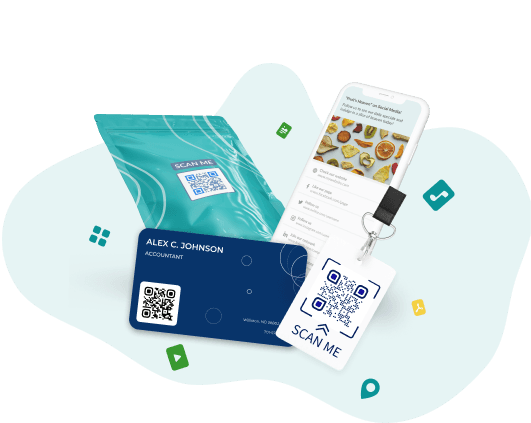
1. As a new user, you are entitled to a 7-day free trial period after registration.
2. Even after the trial period expires, your account will remain accessible. However, please note that your data will become temporarily unavailable until you switch to a new plan.
3. Following the conclusion of the trial, Dynamic QR codes generated during the trial will be temporarily deactivated. Meanwhile, Static QR codes will continue to function.
